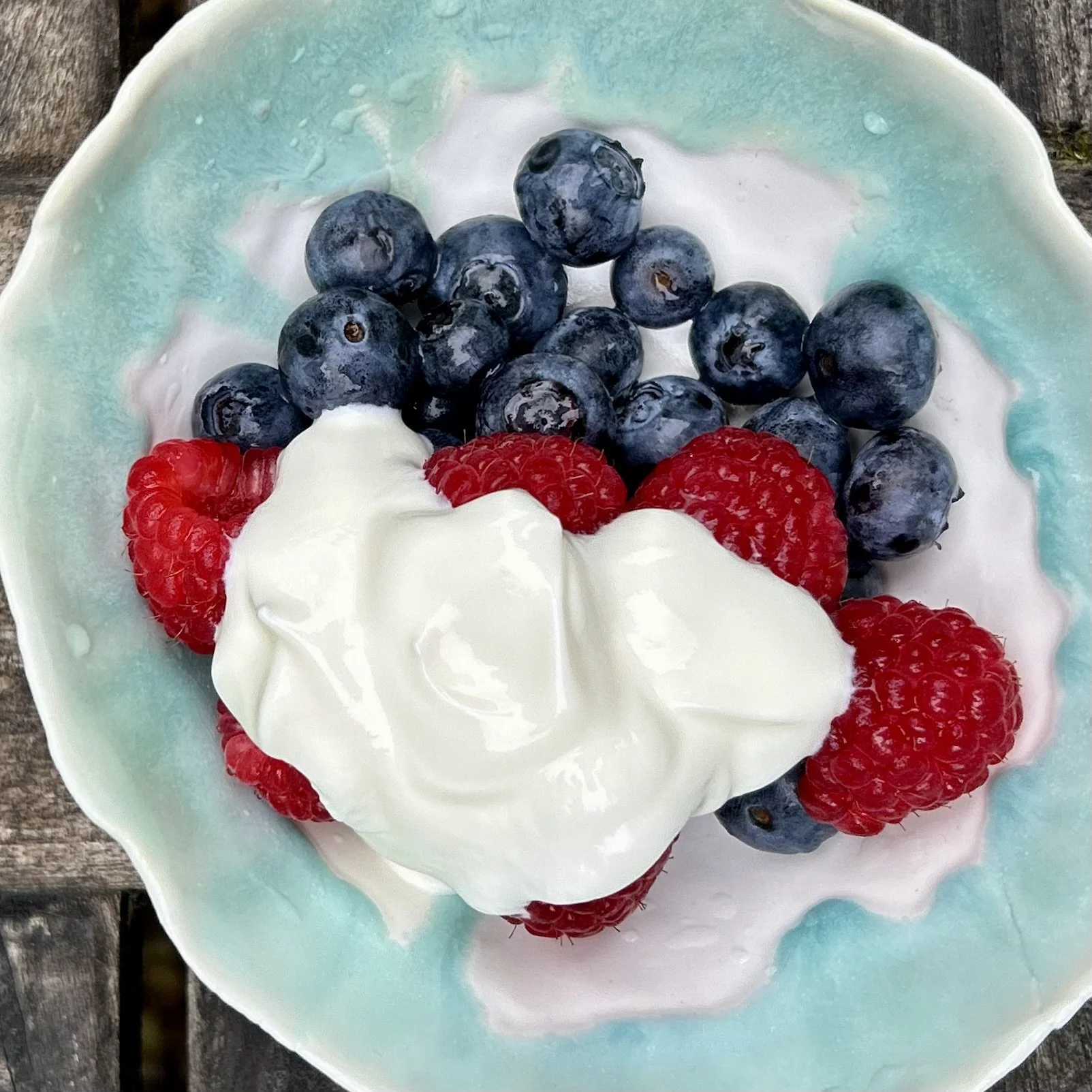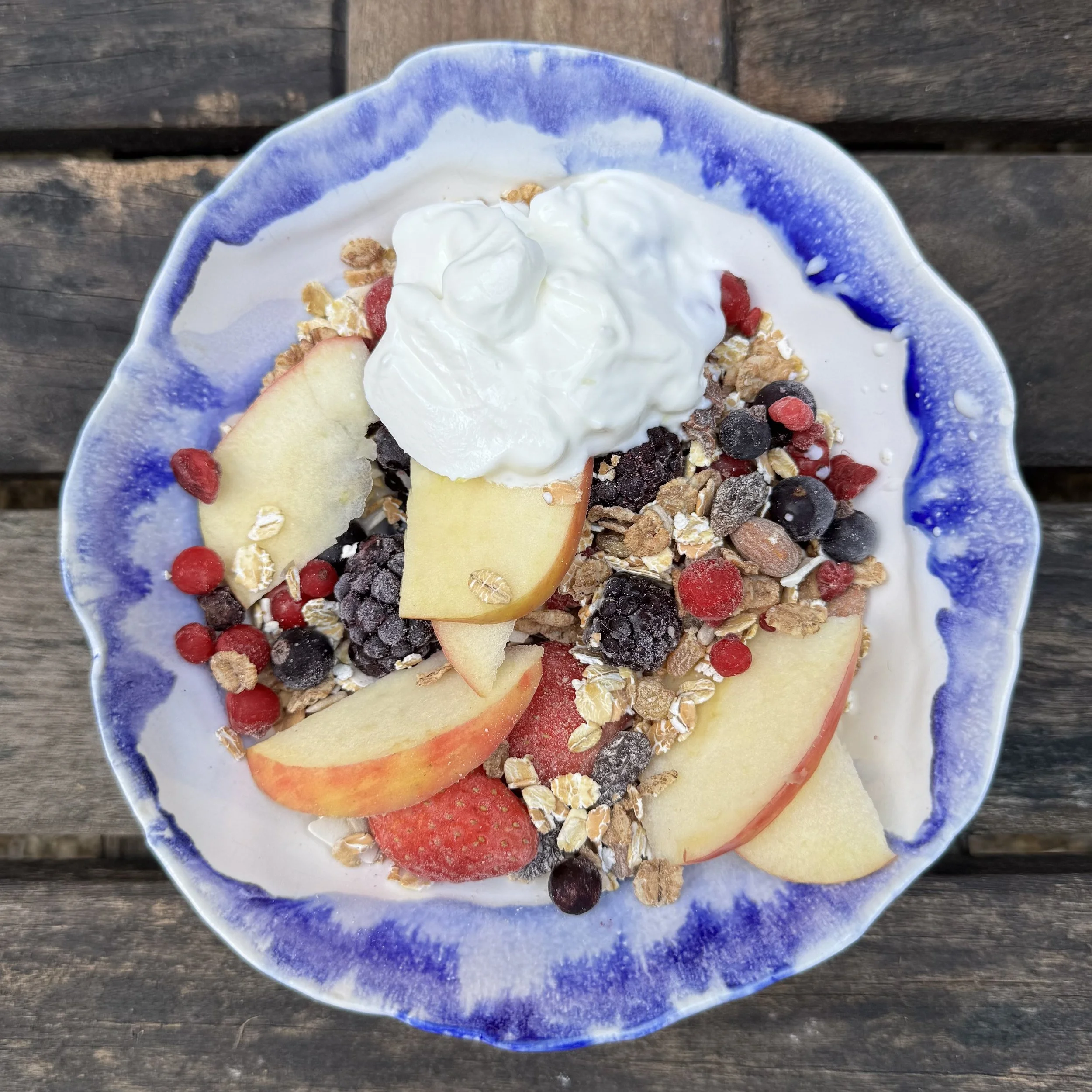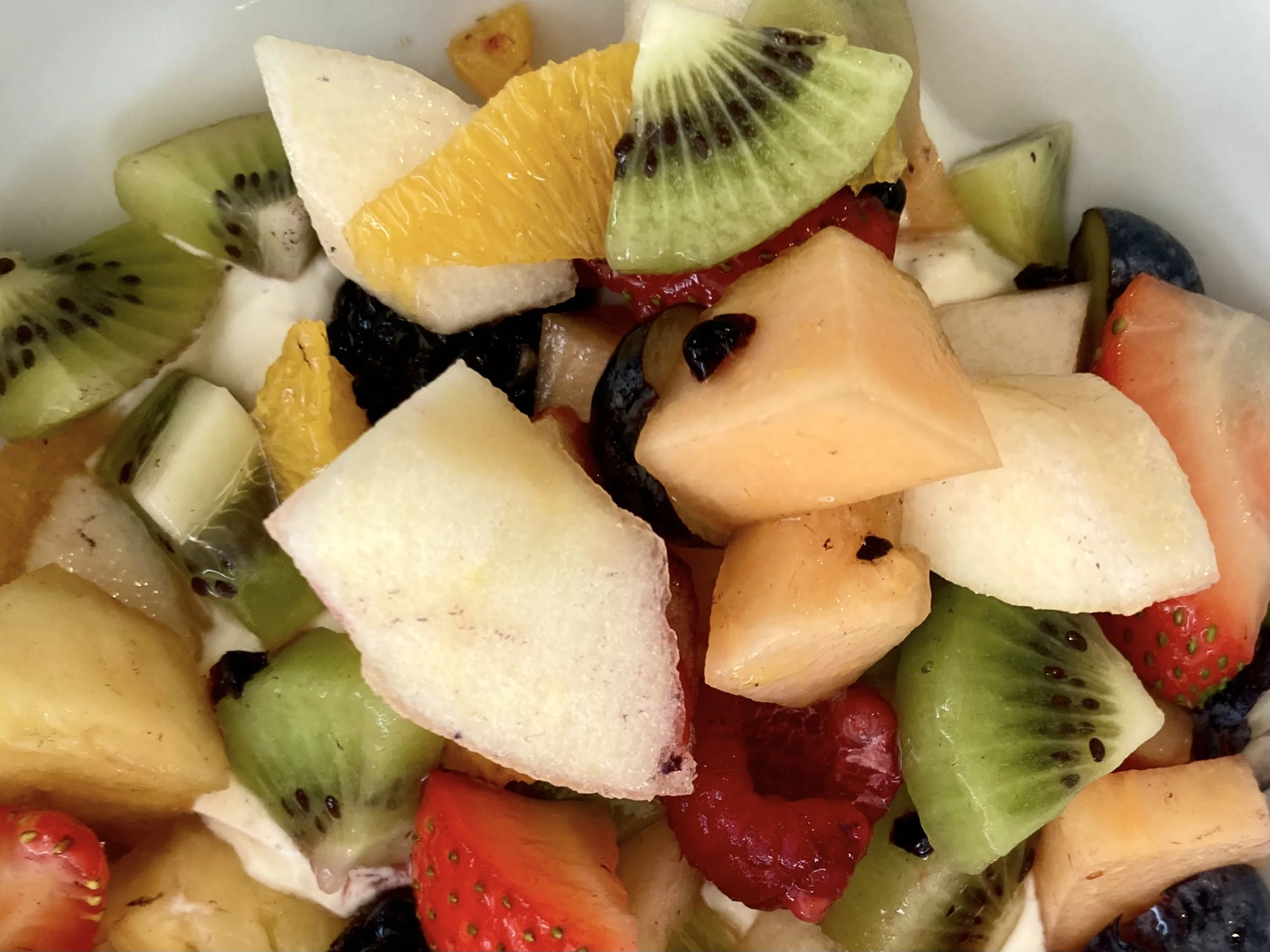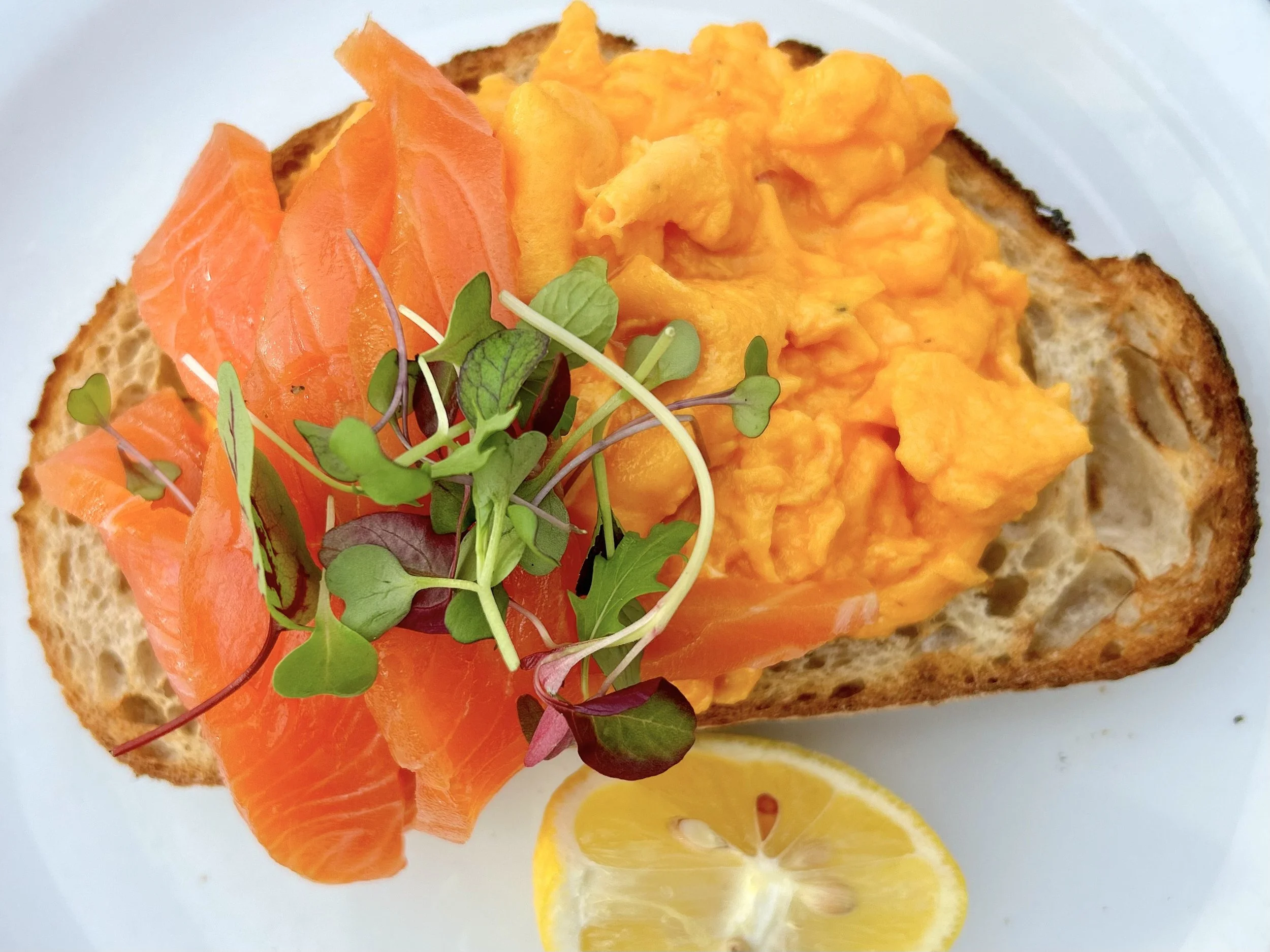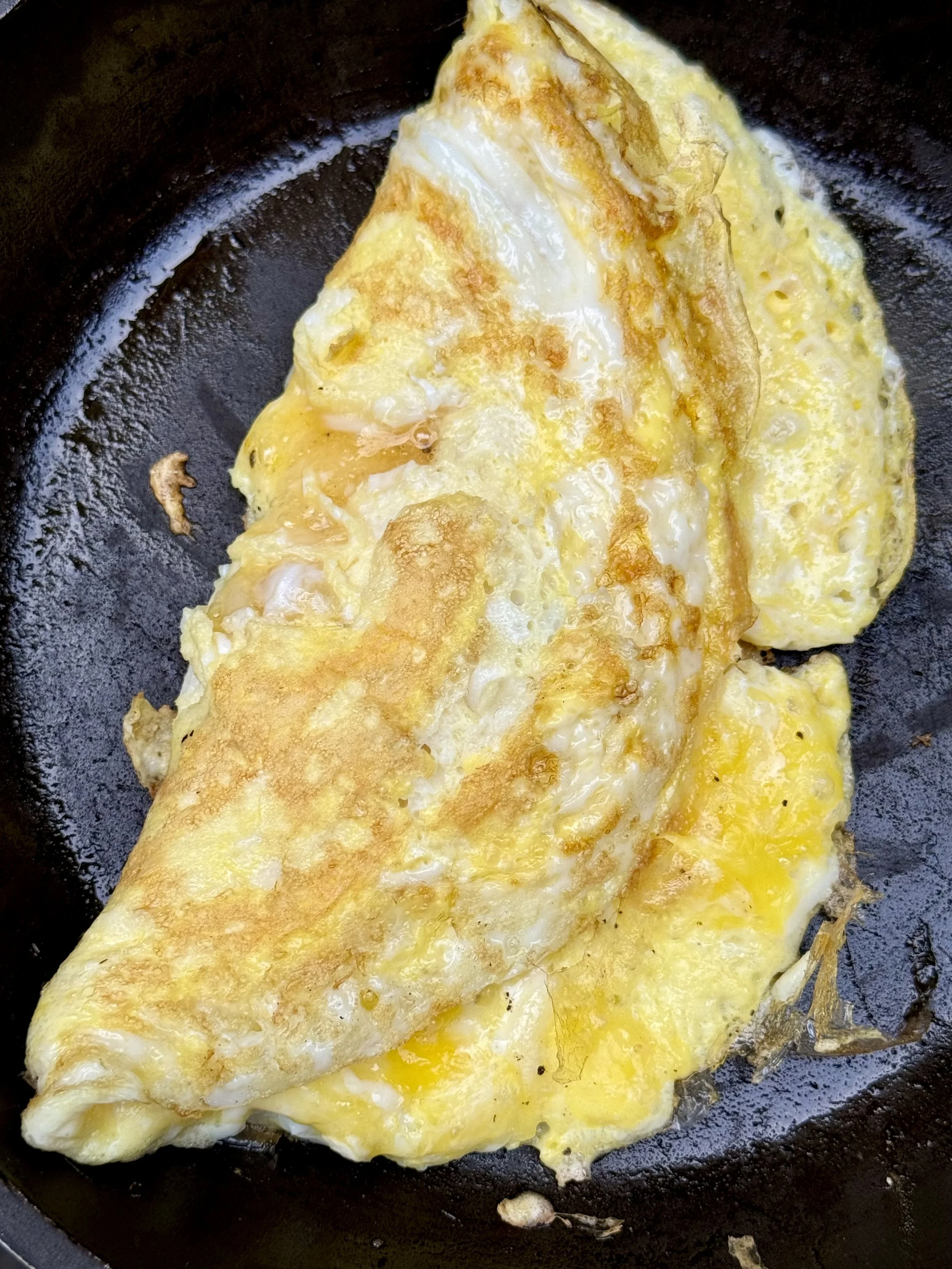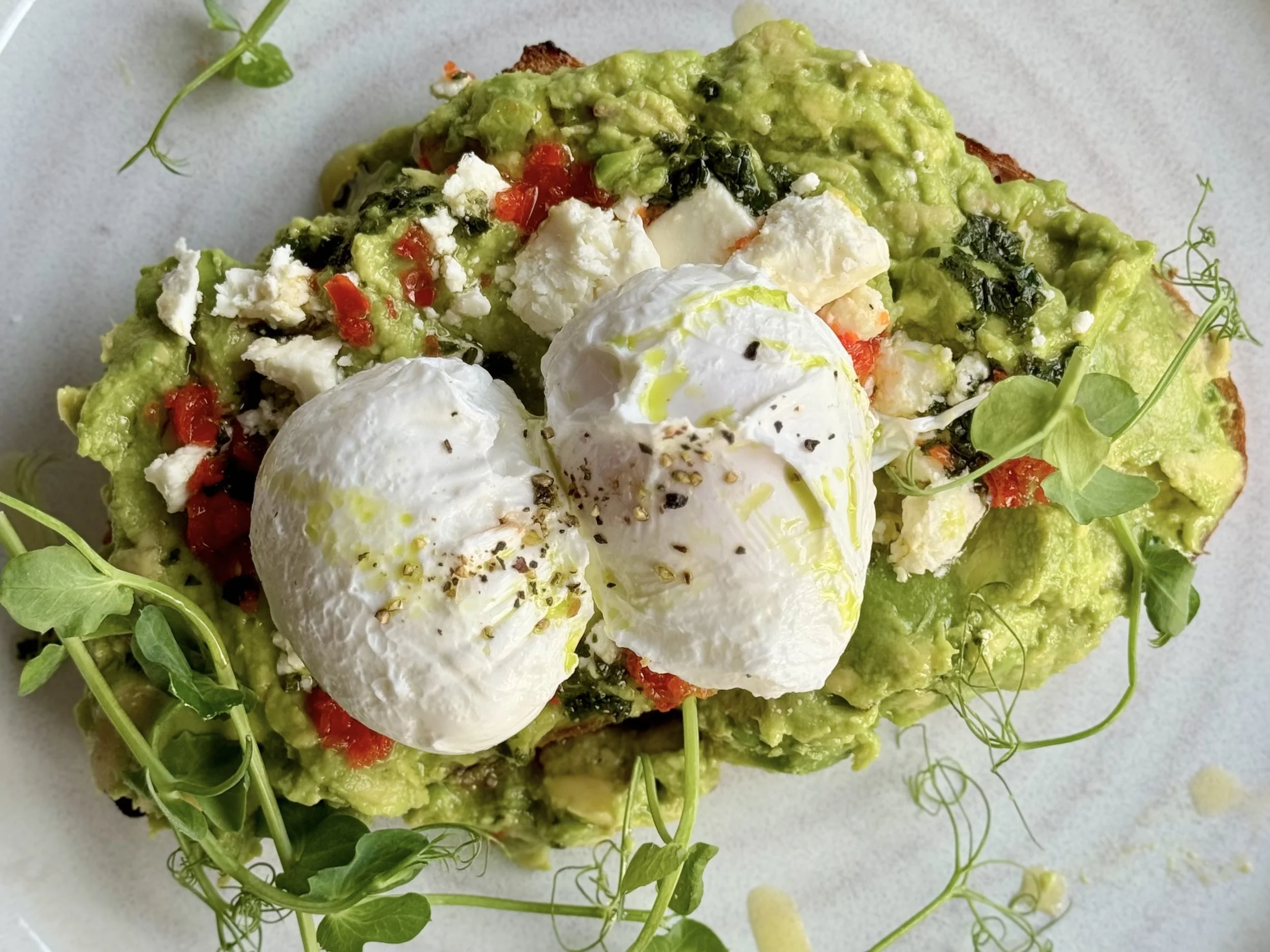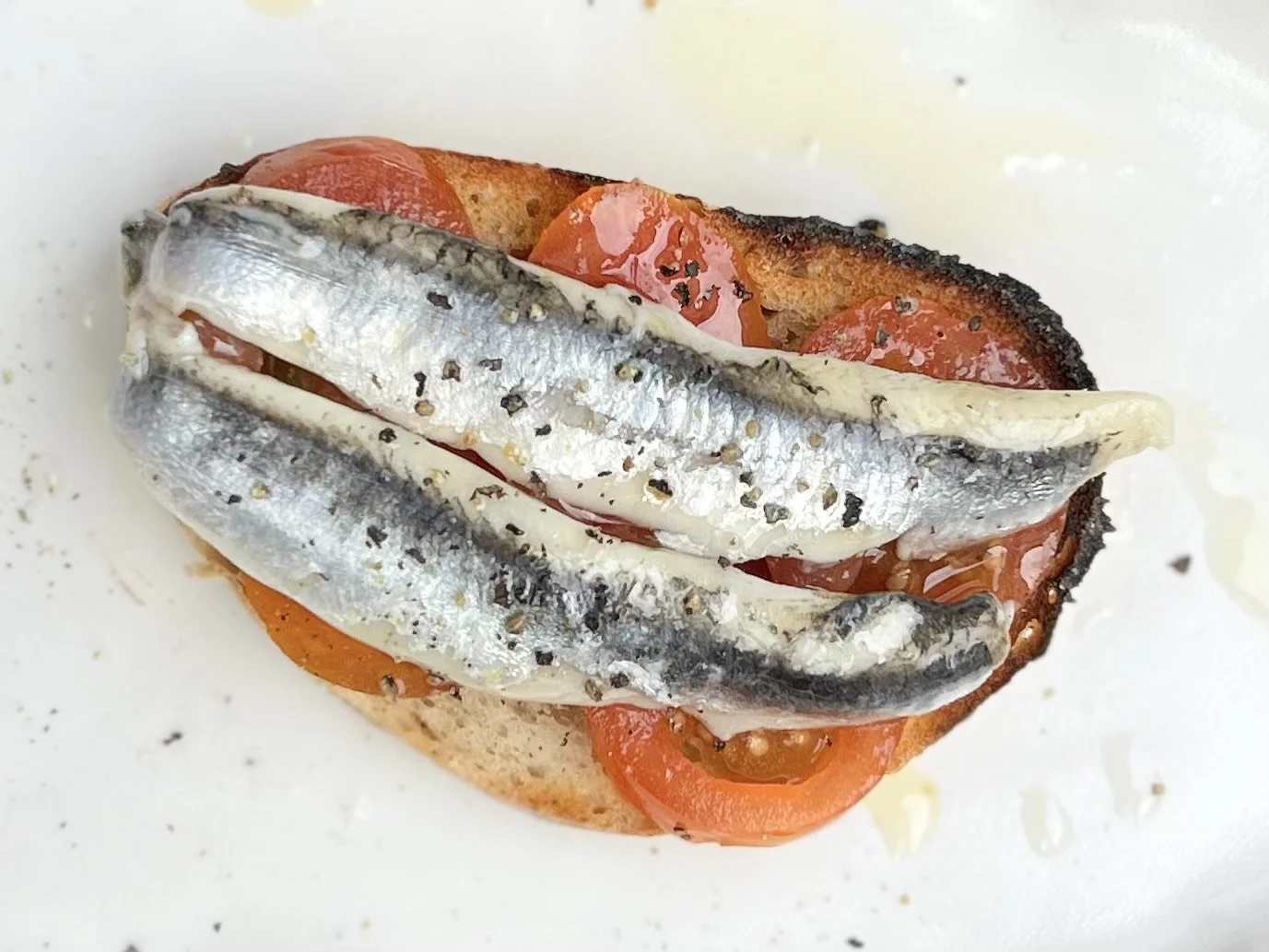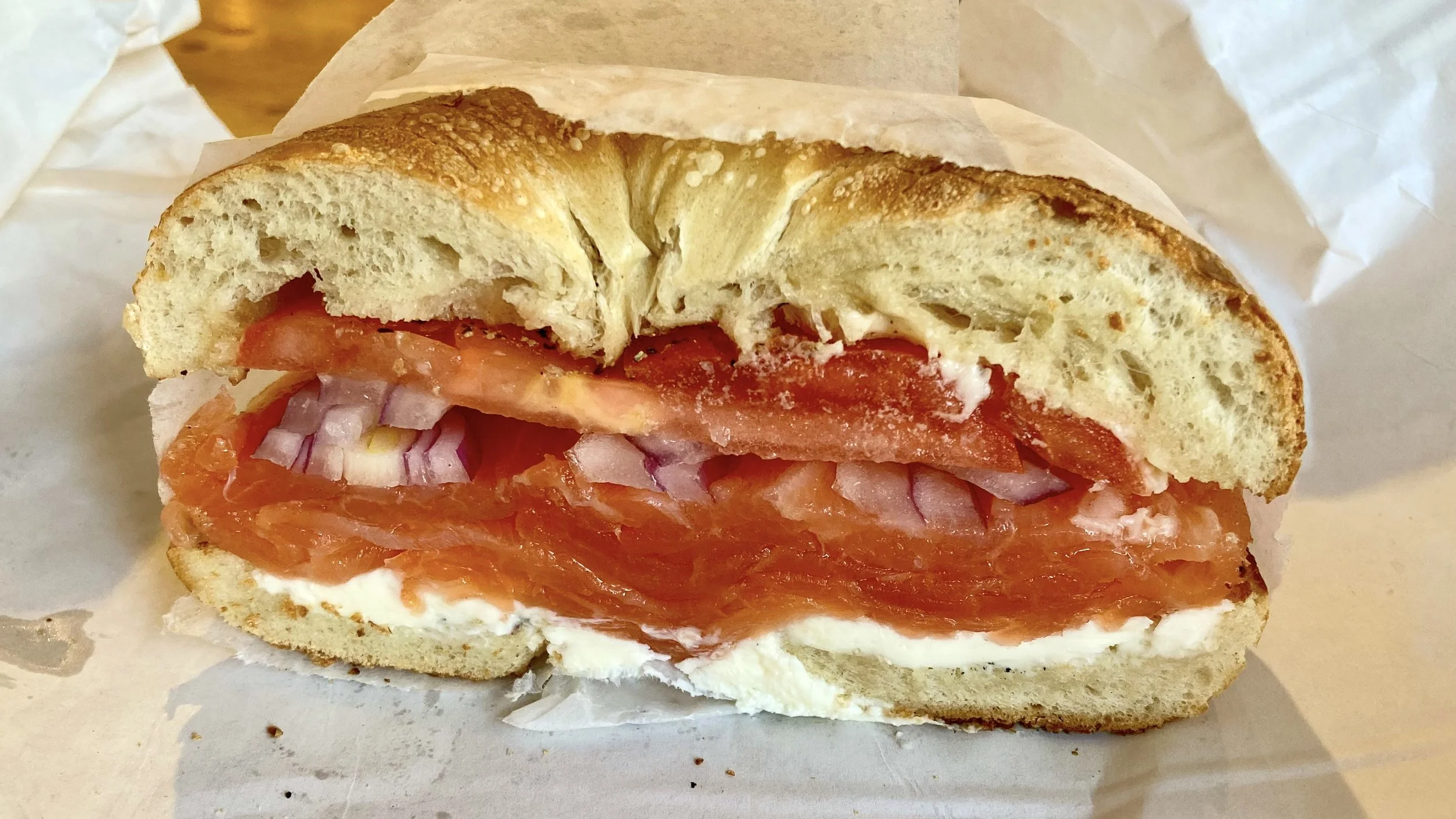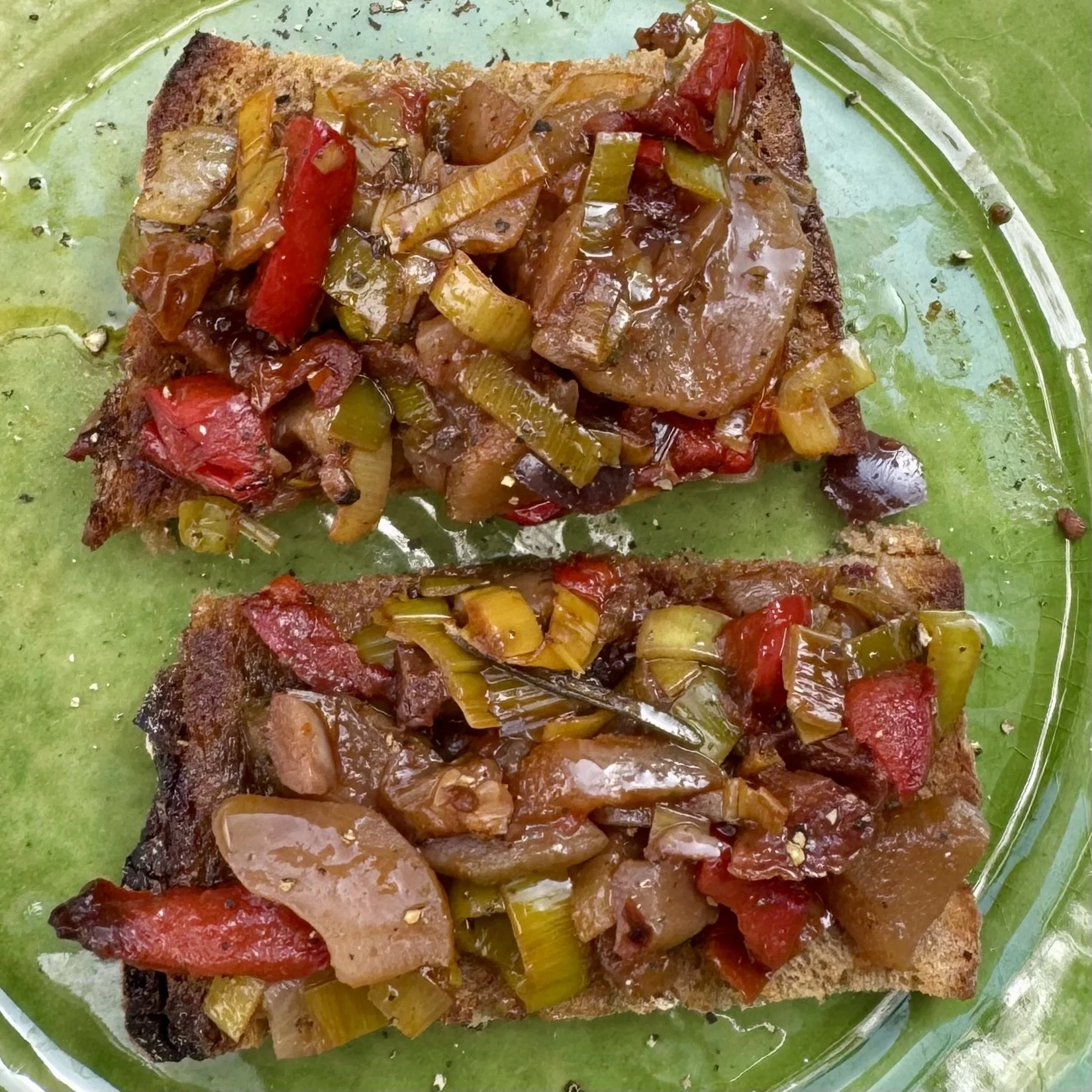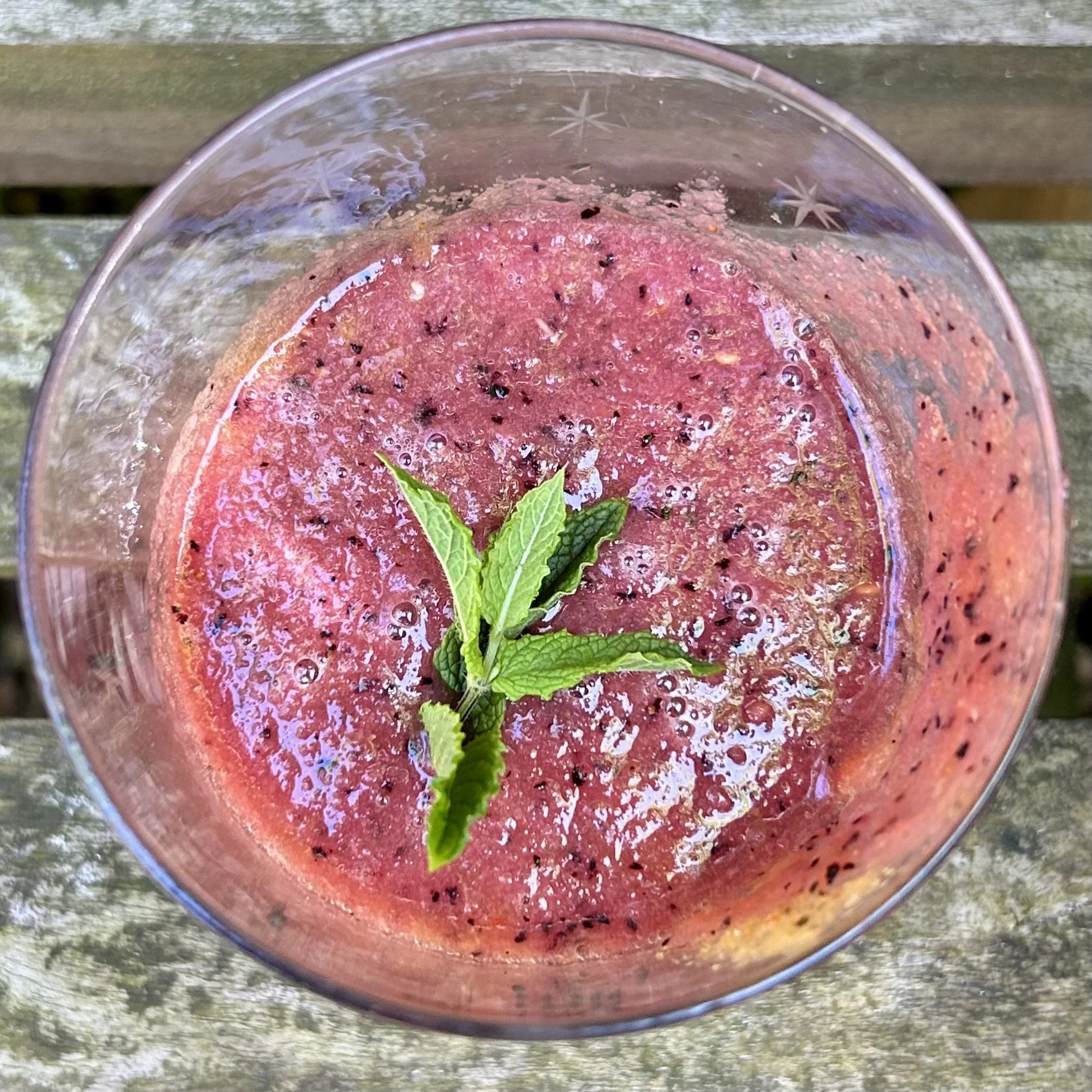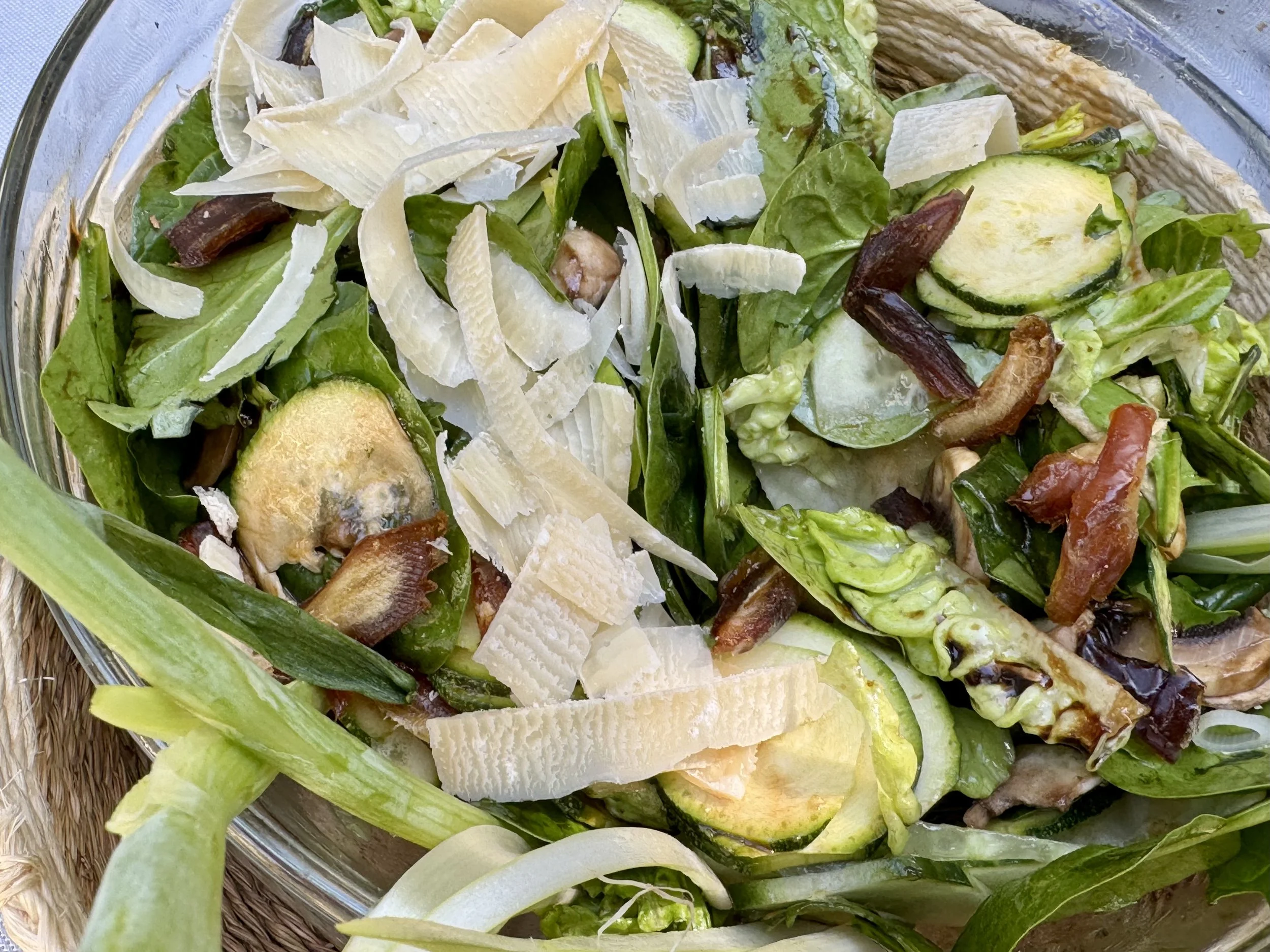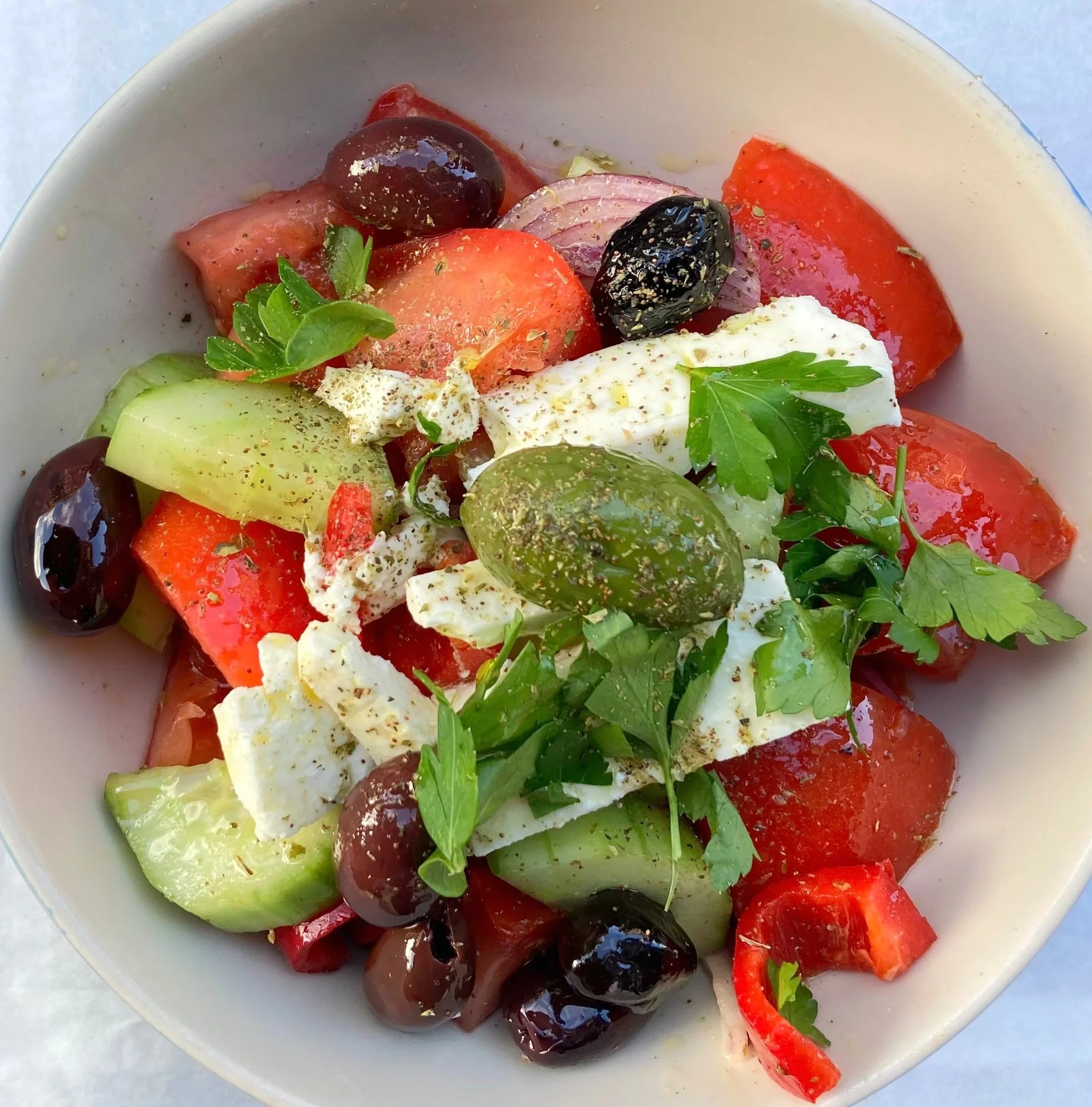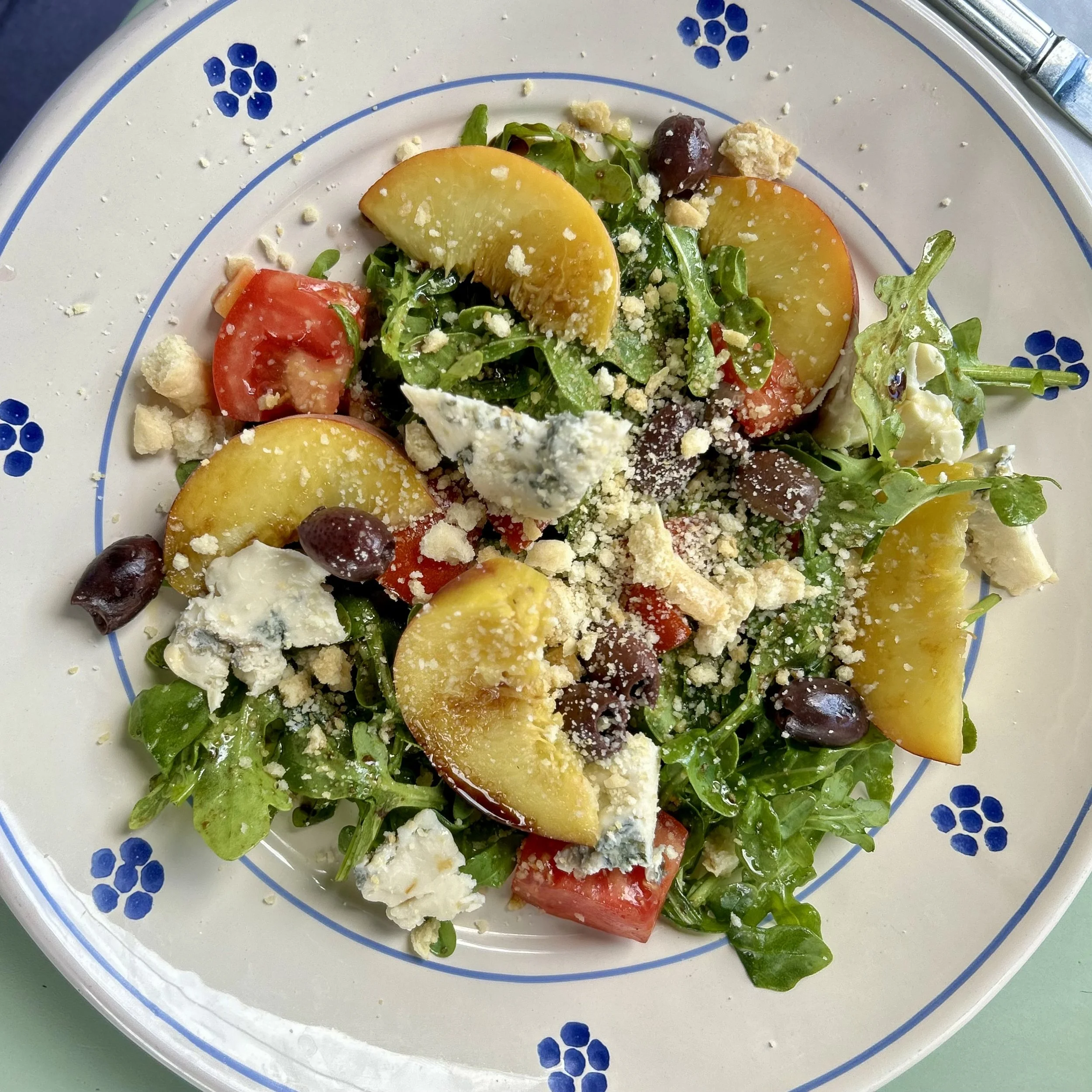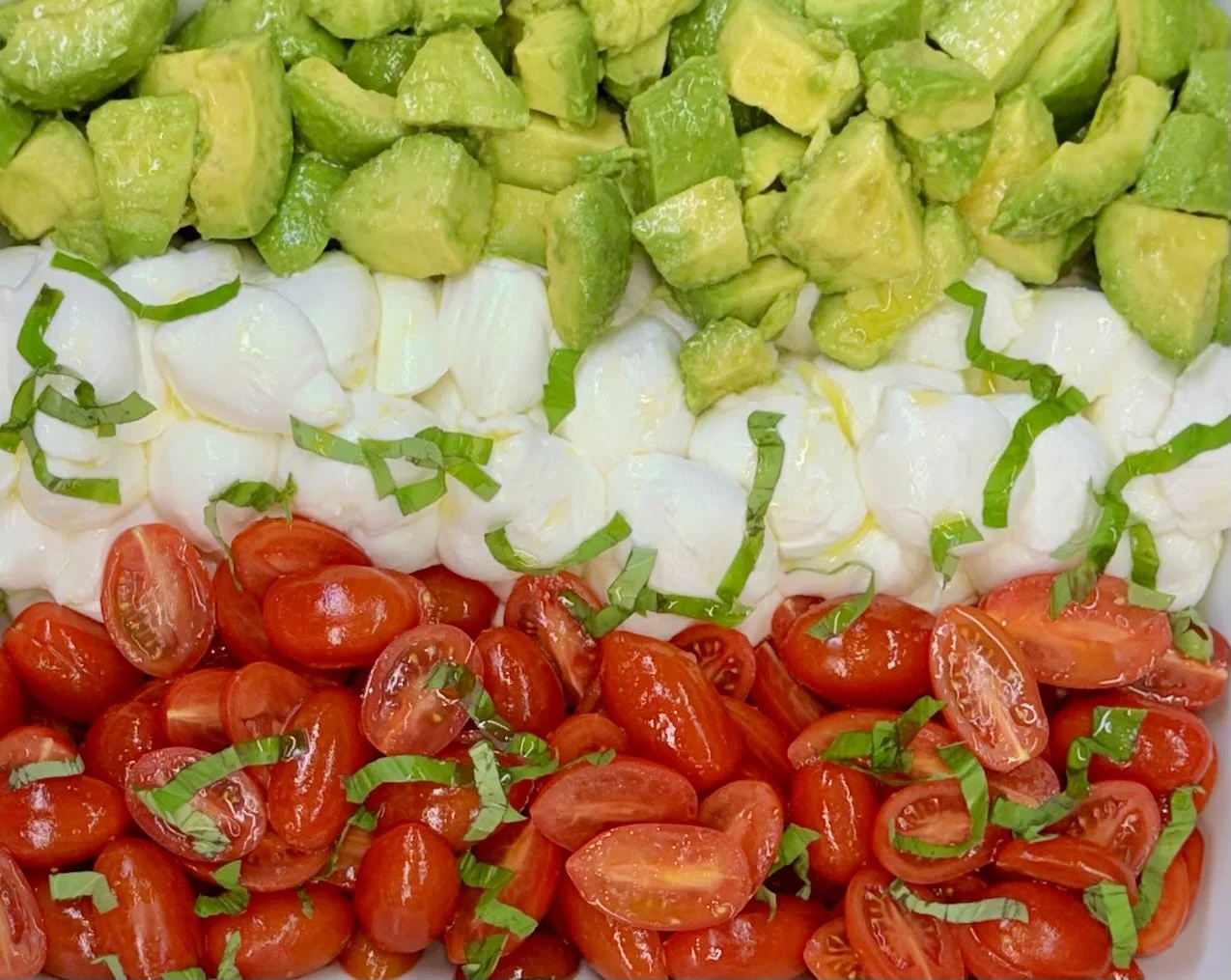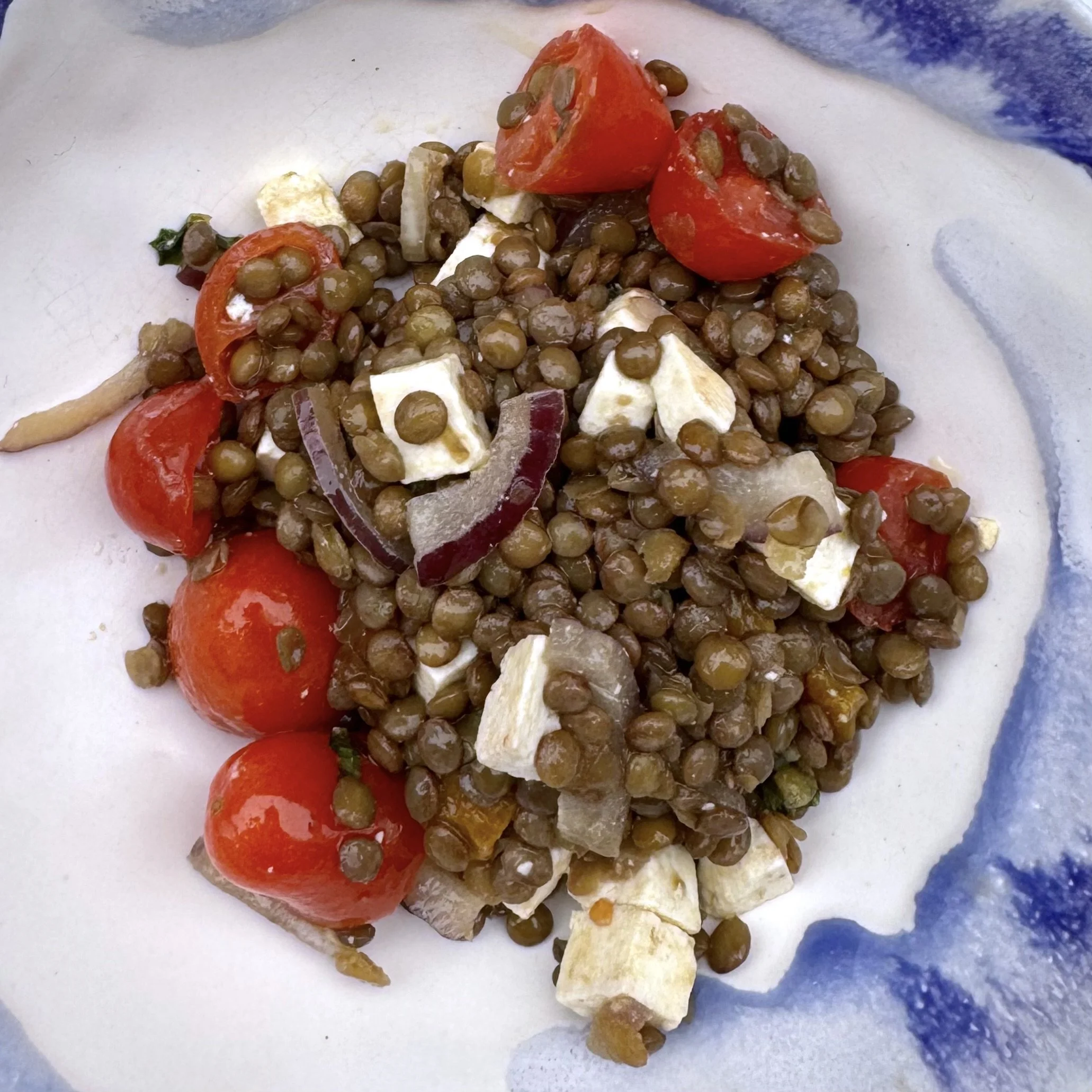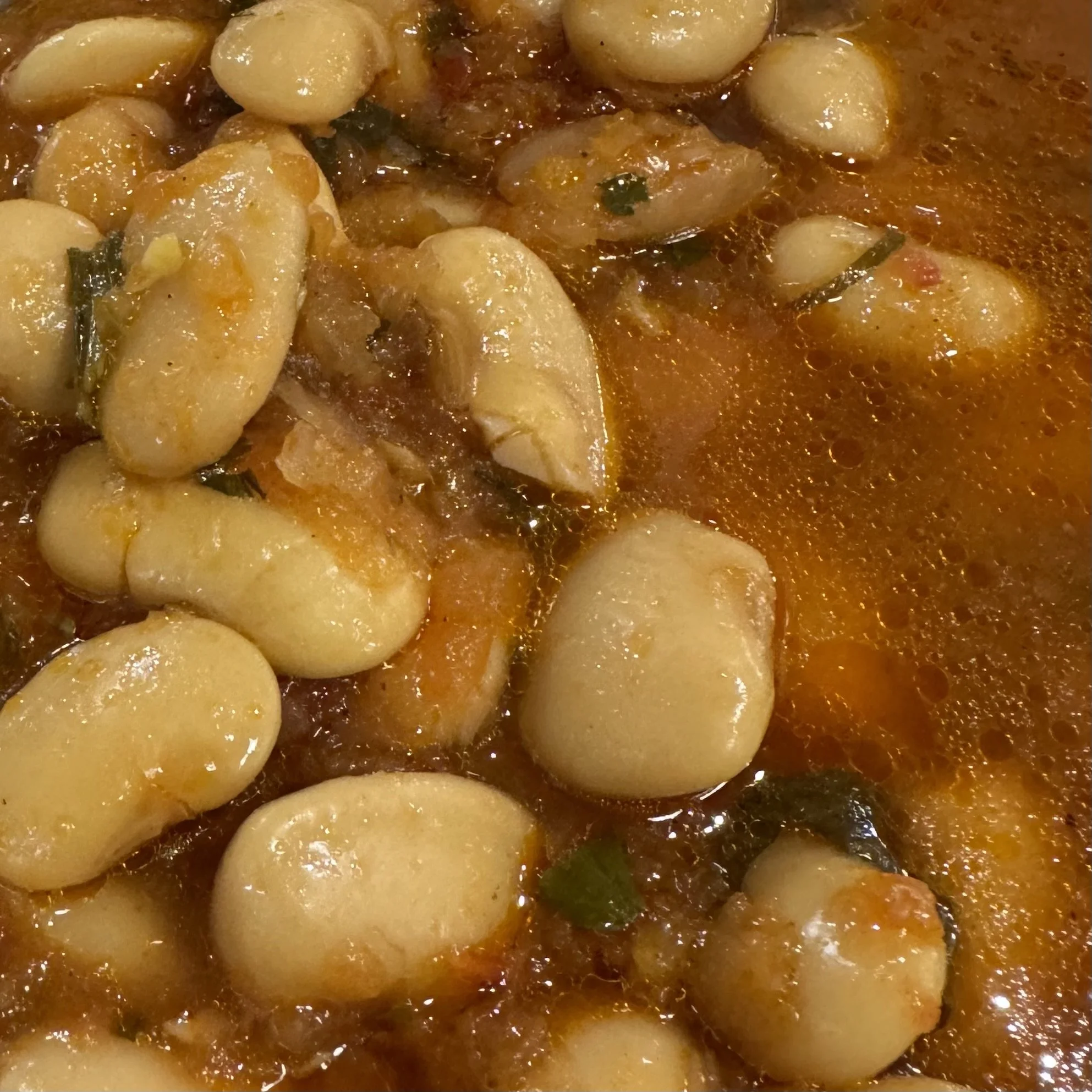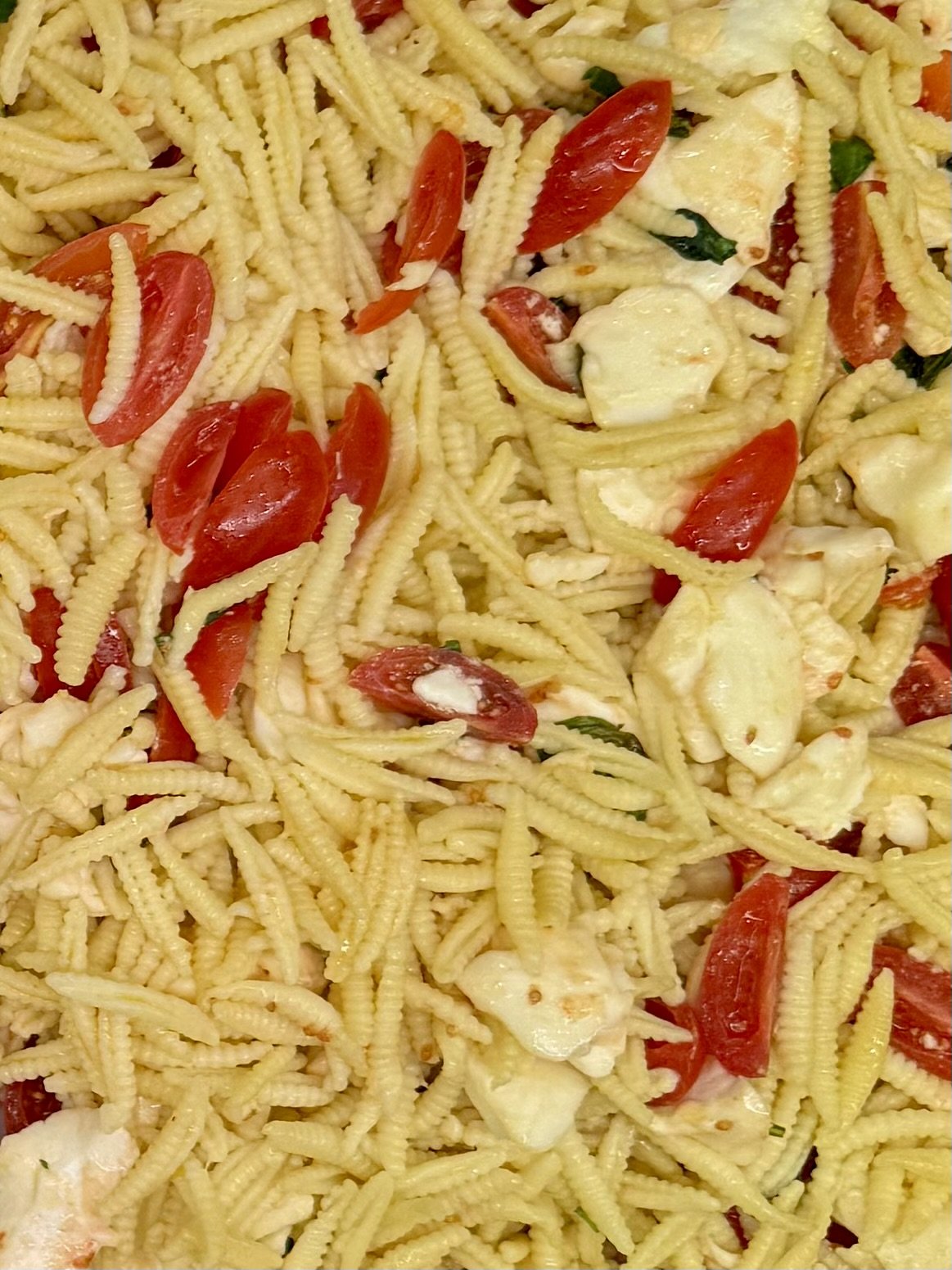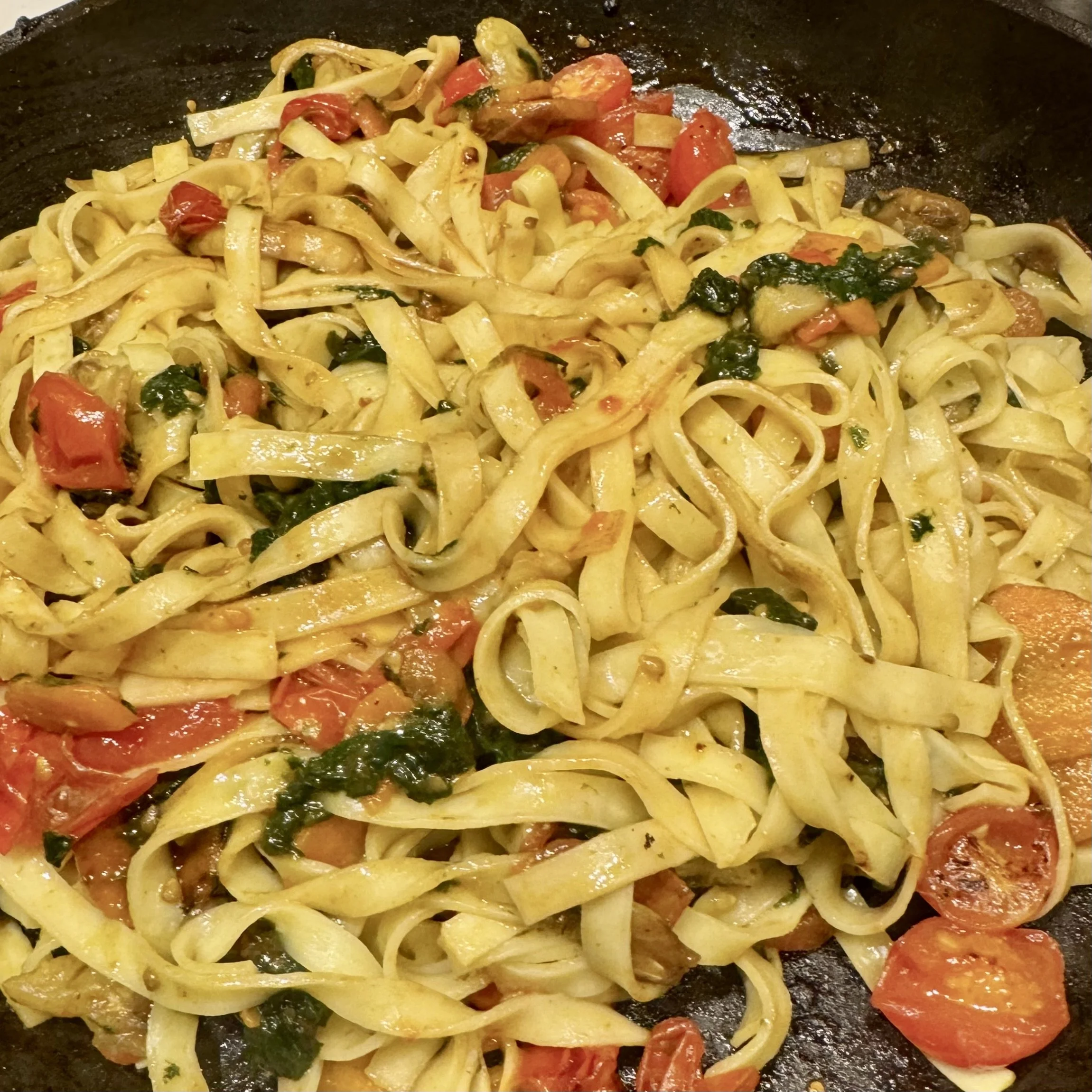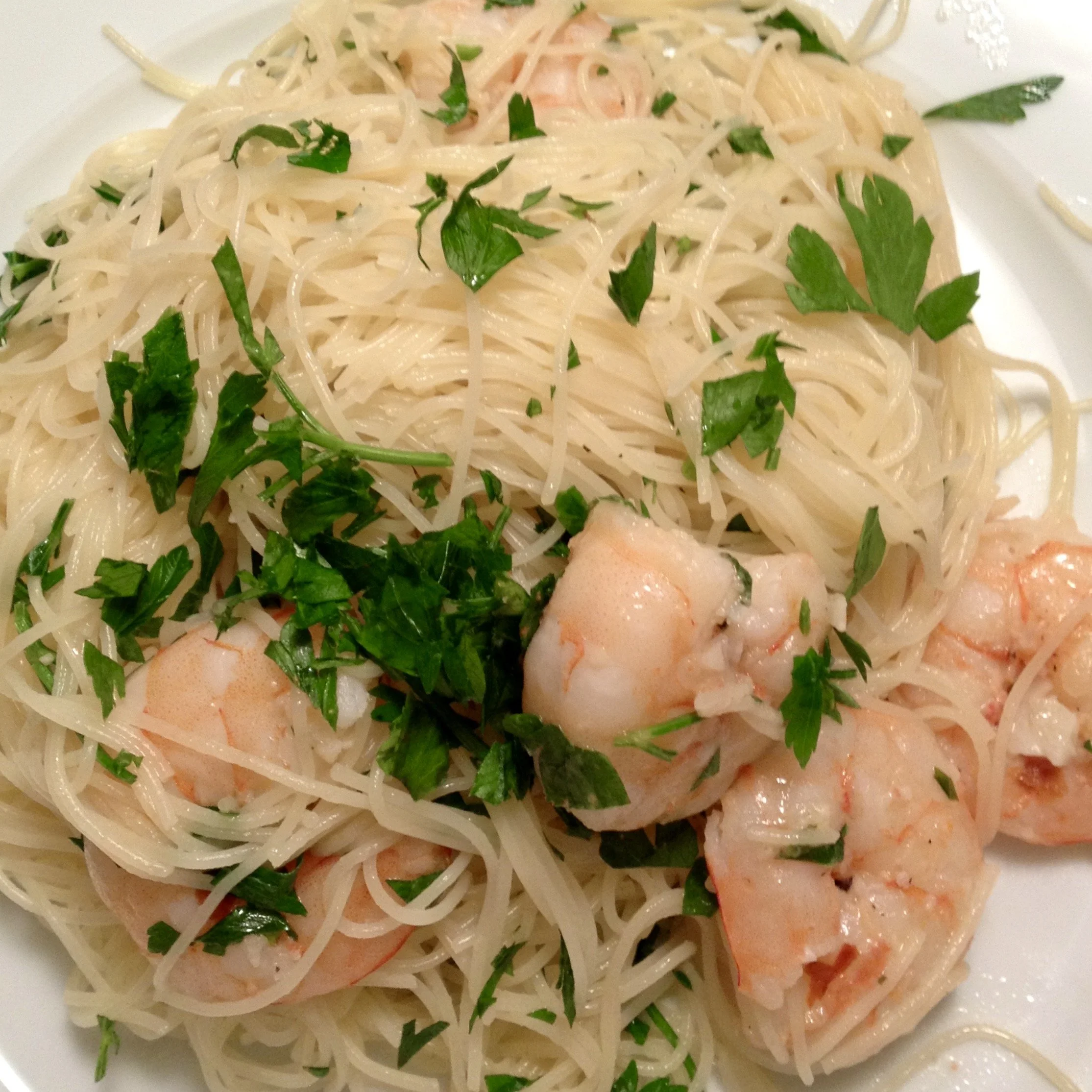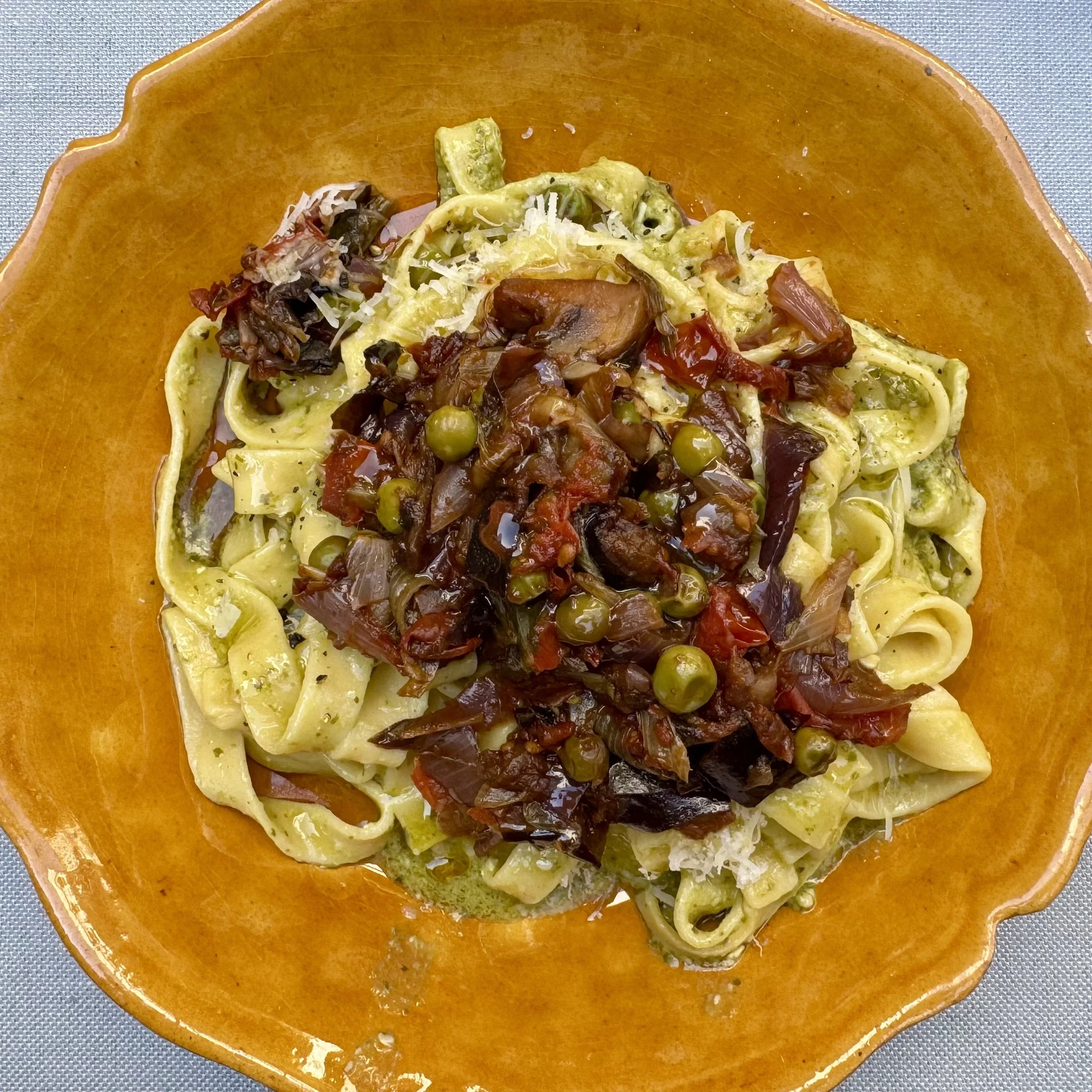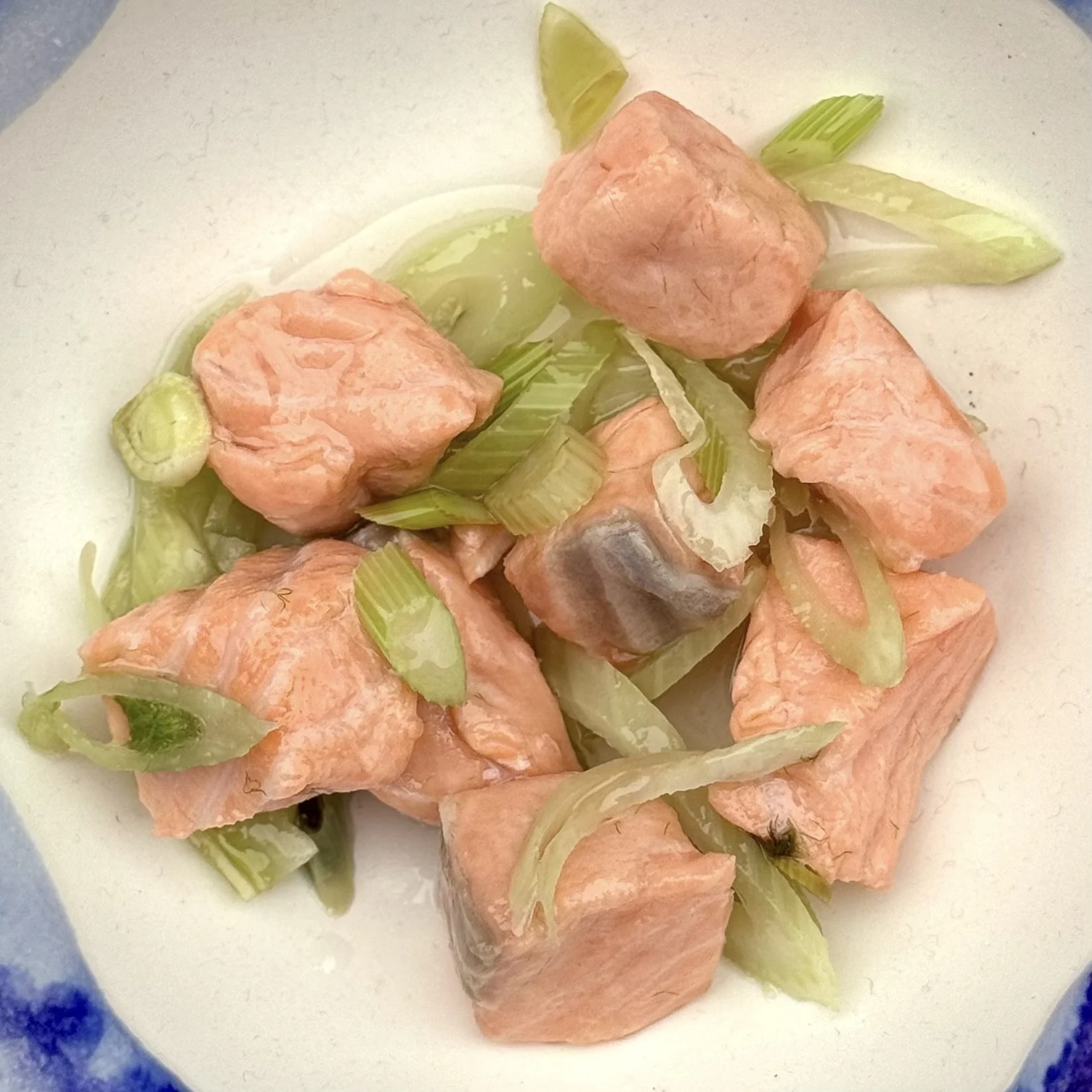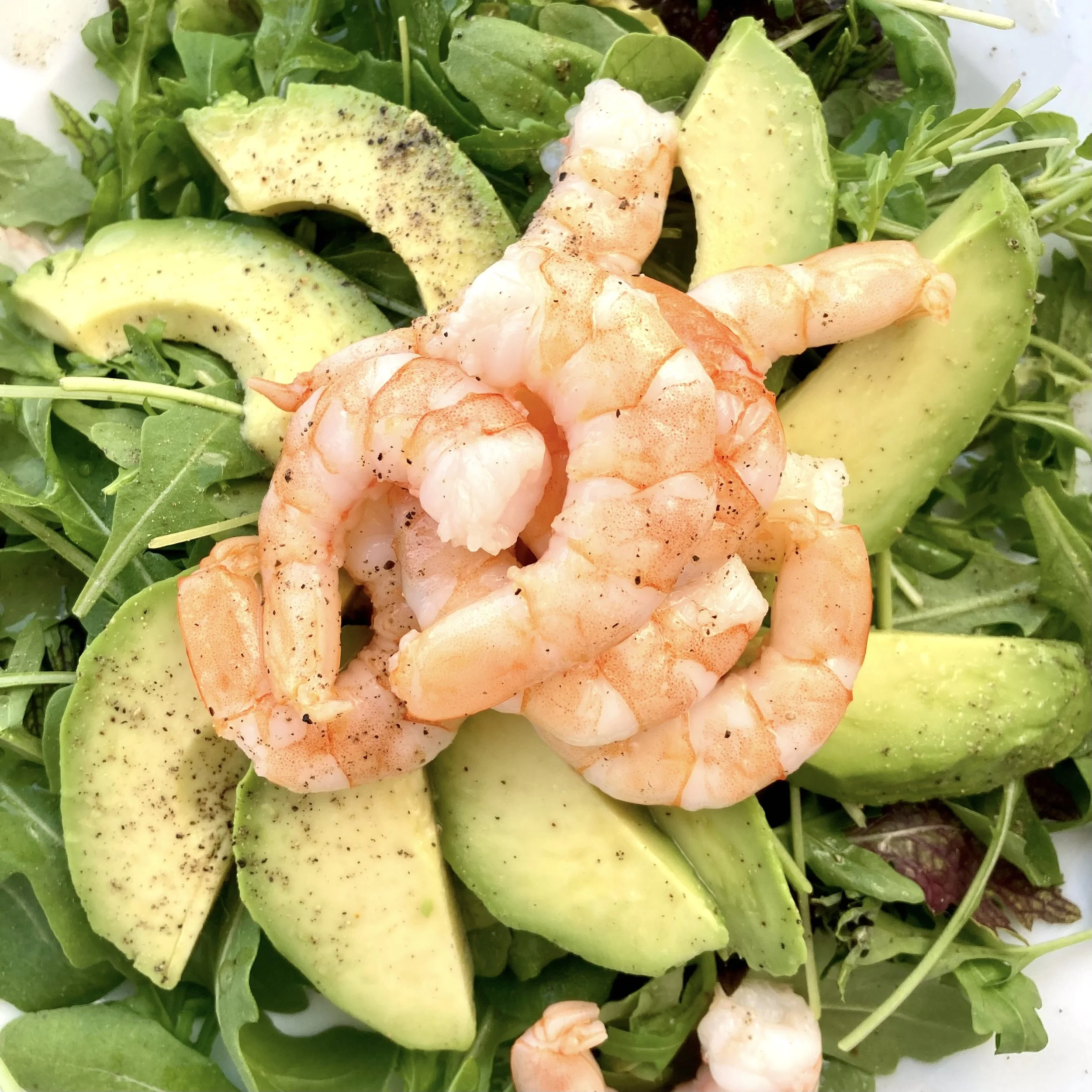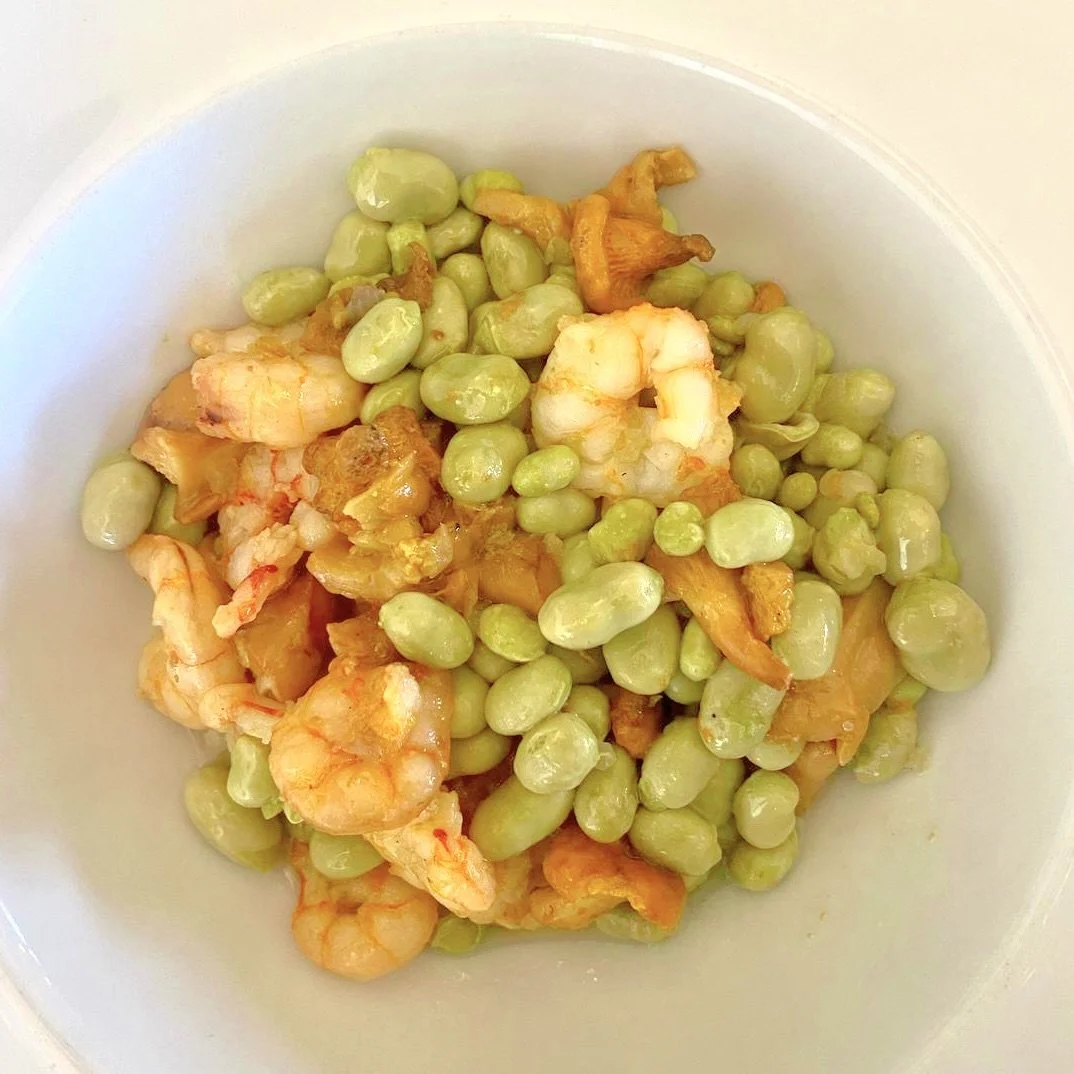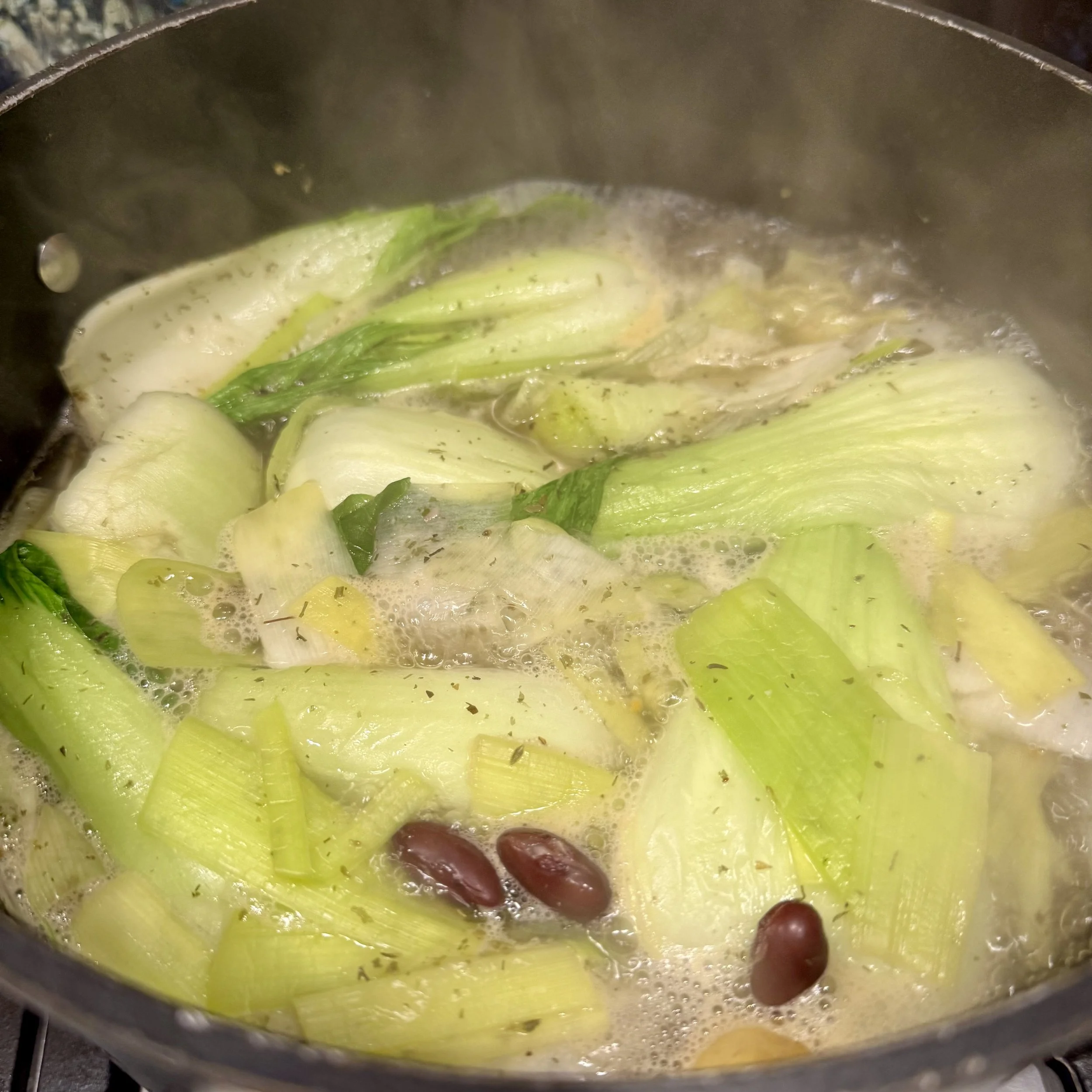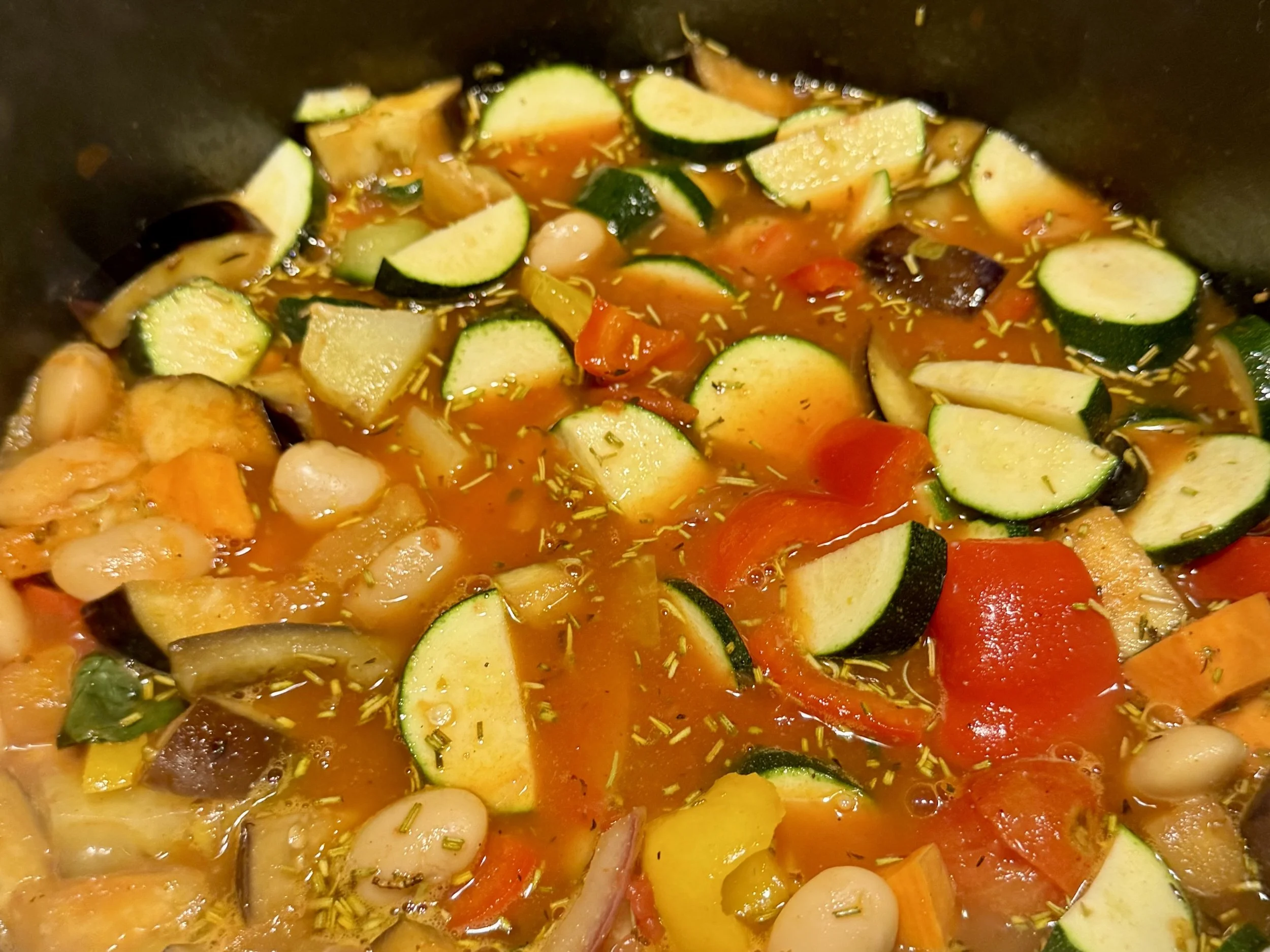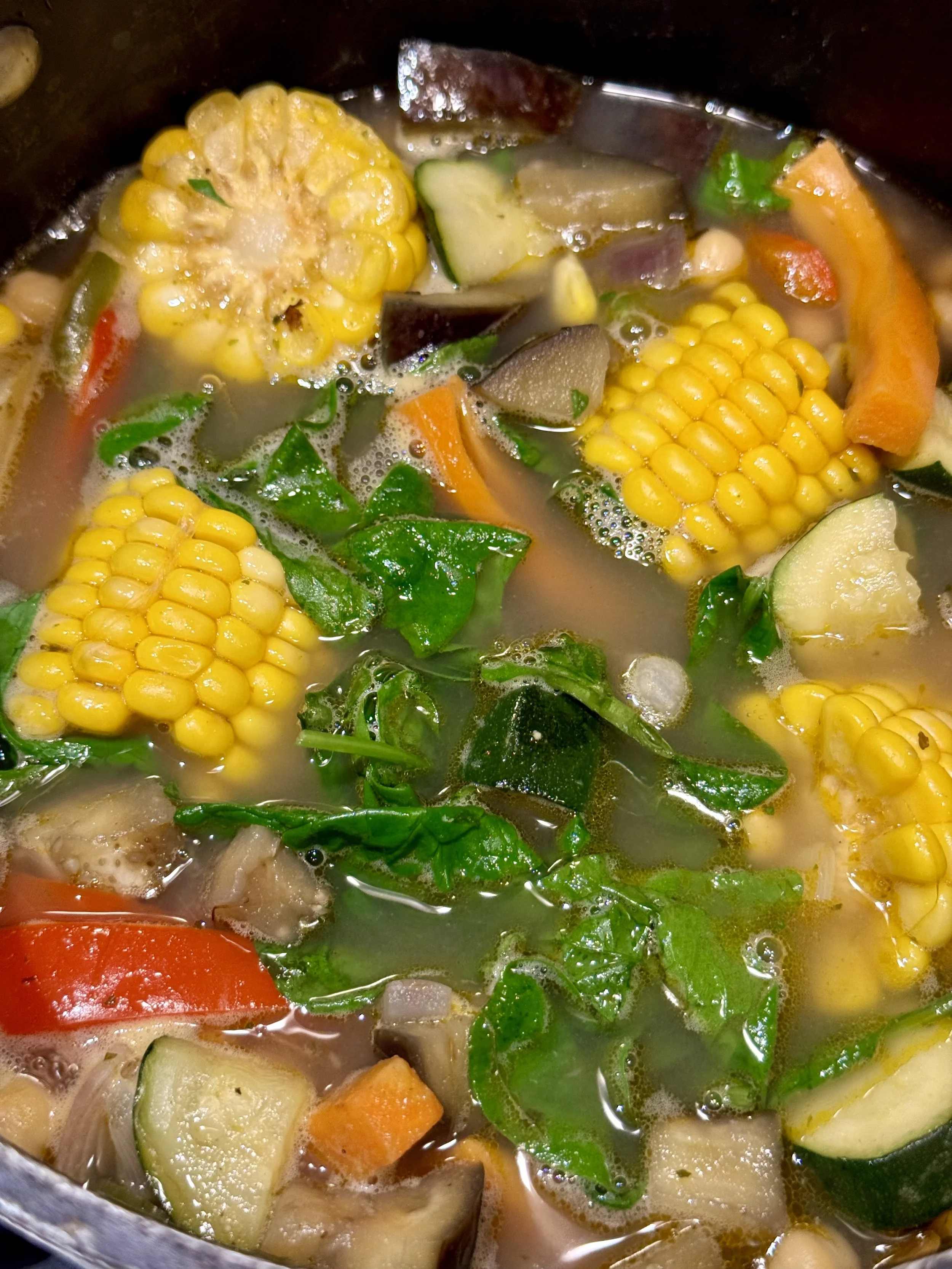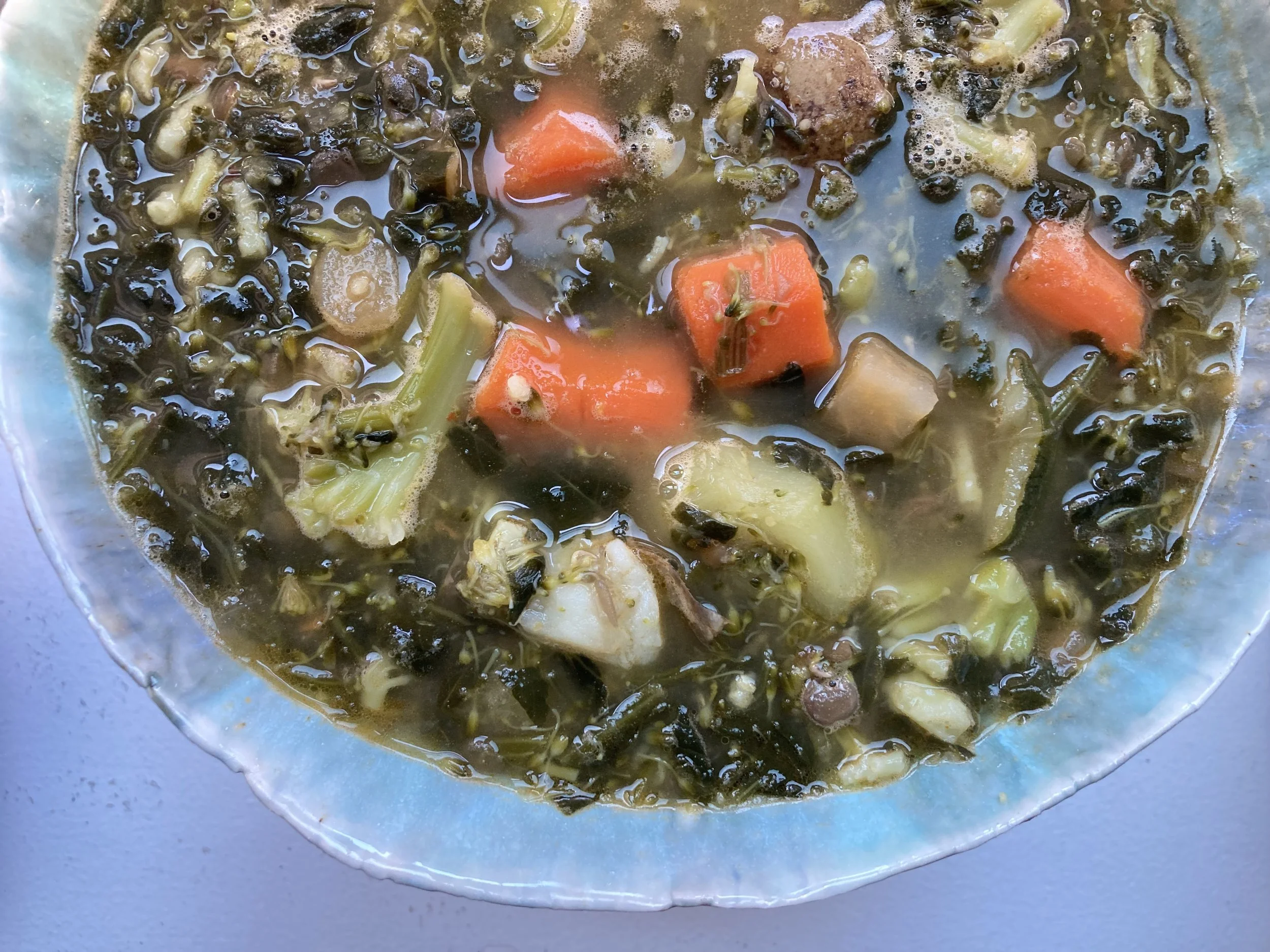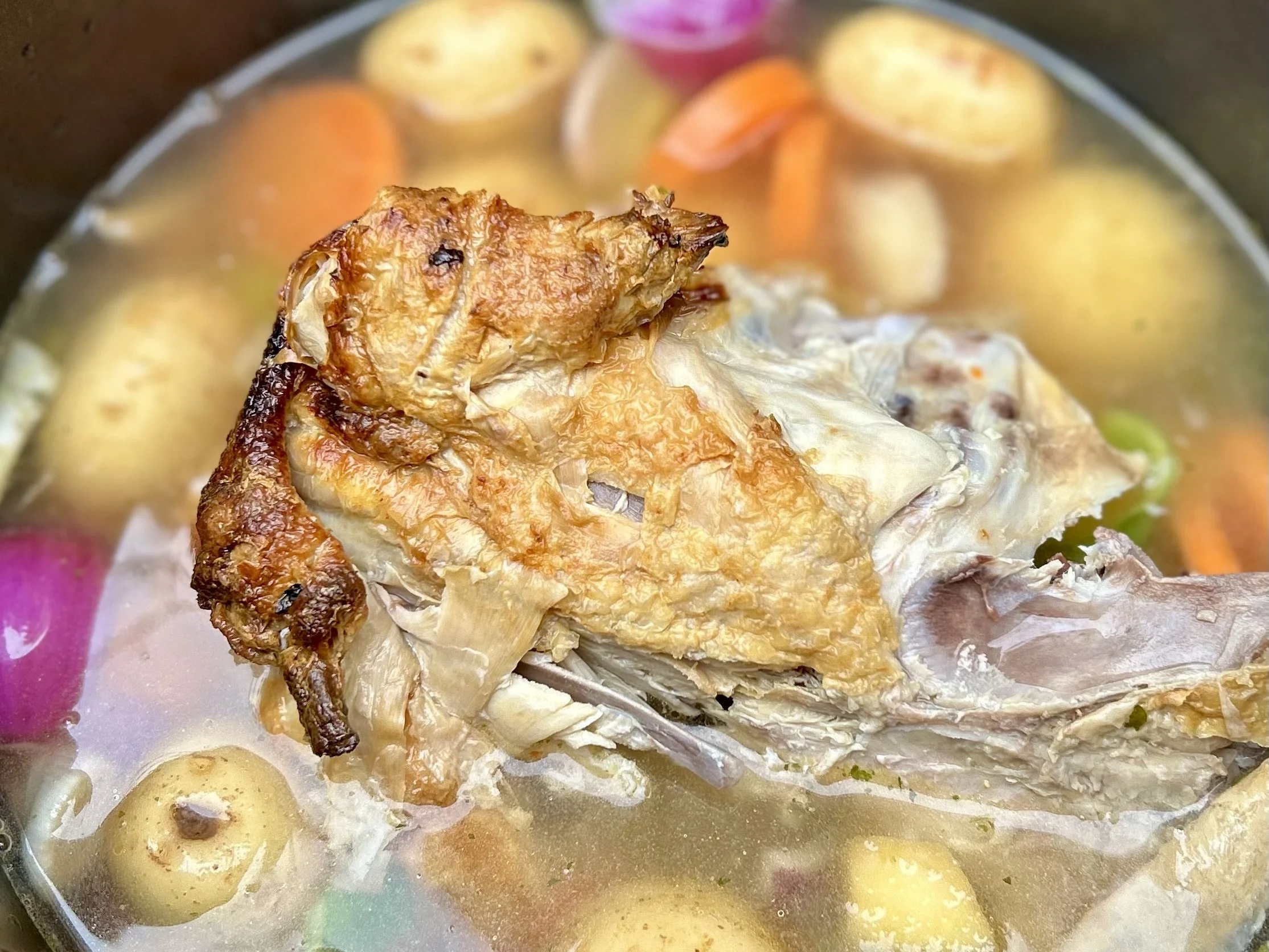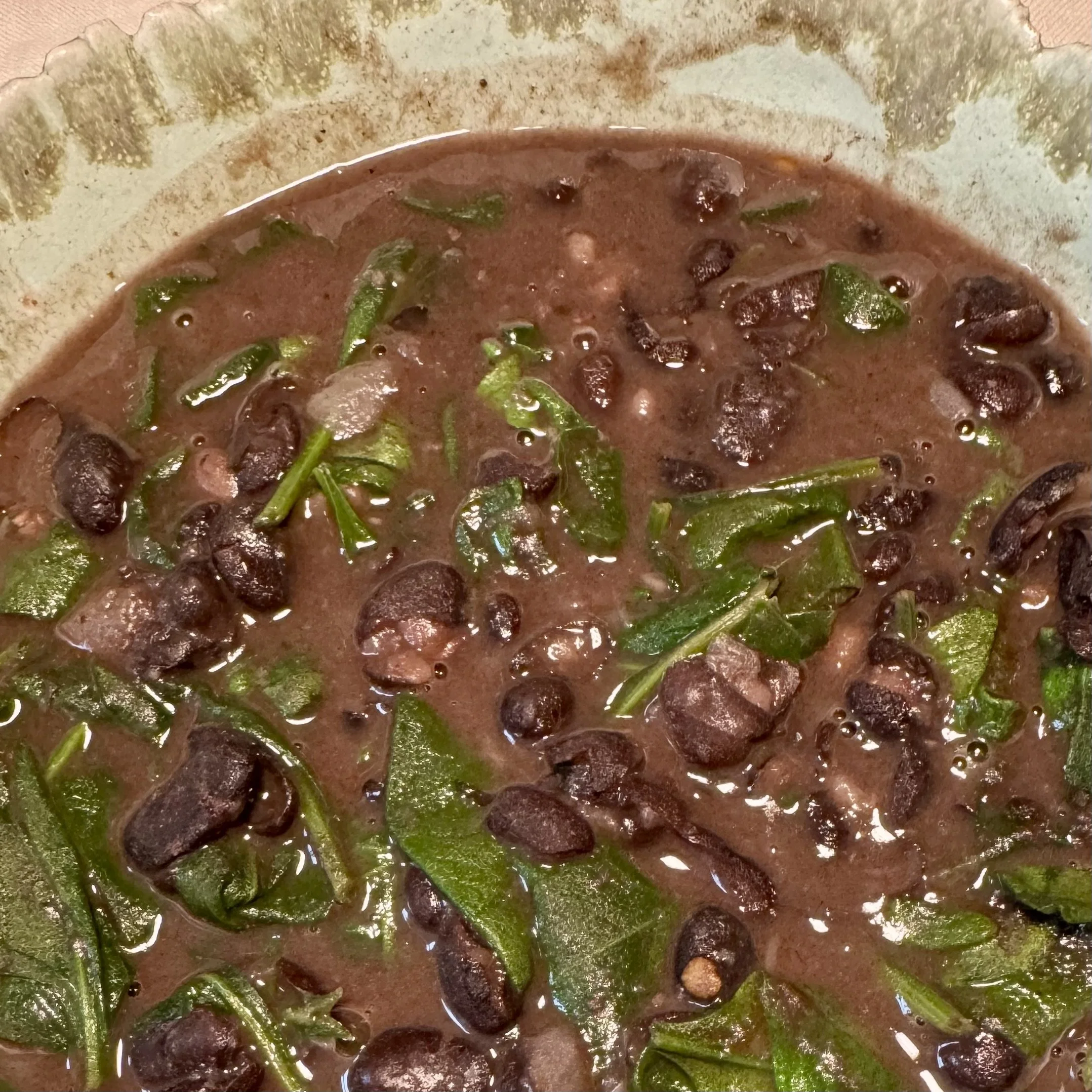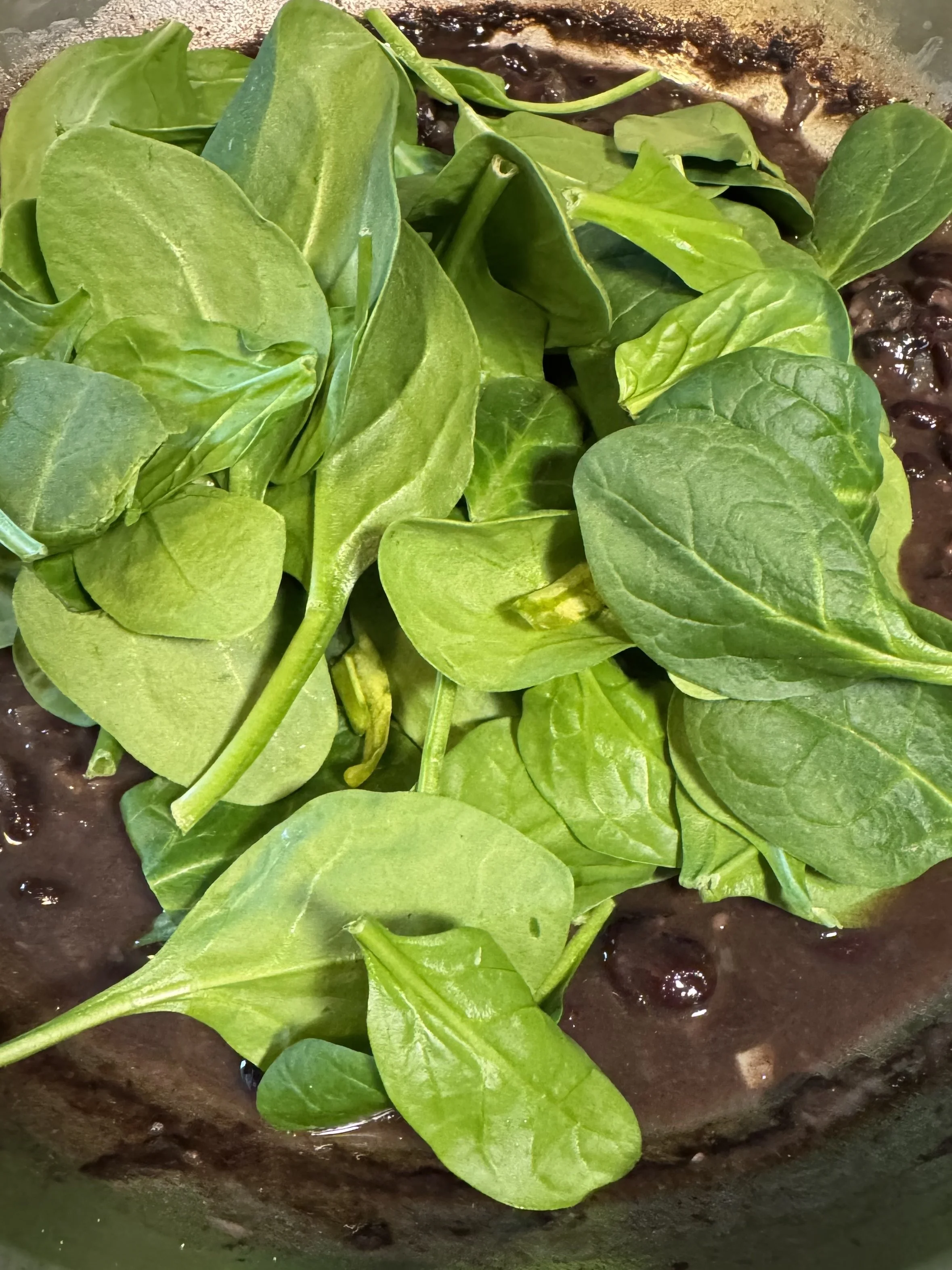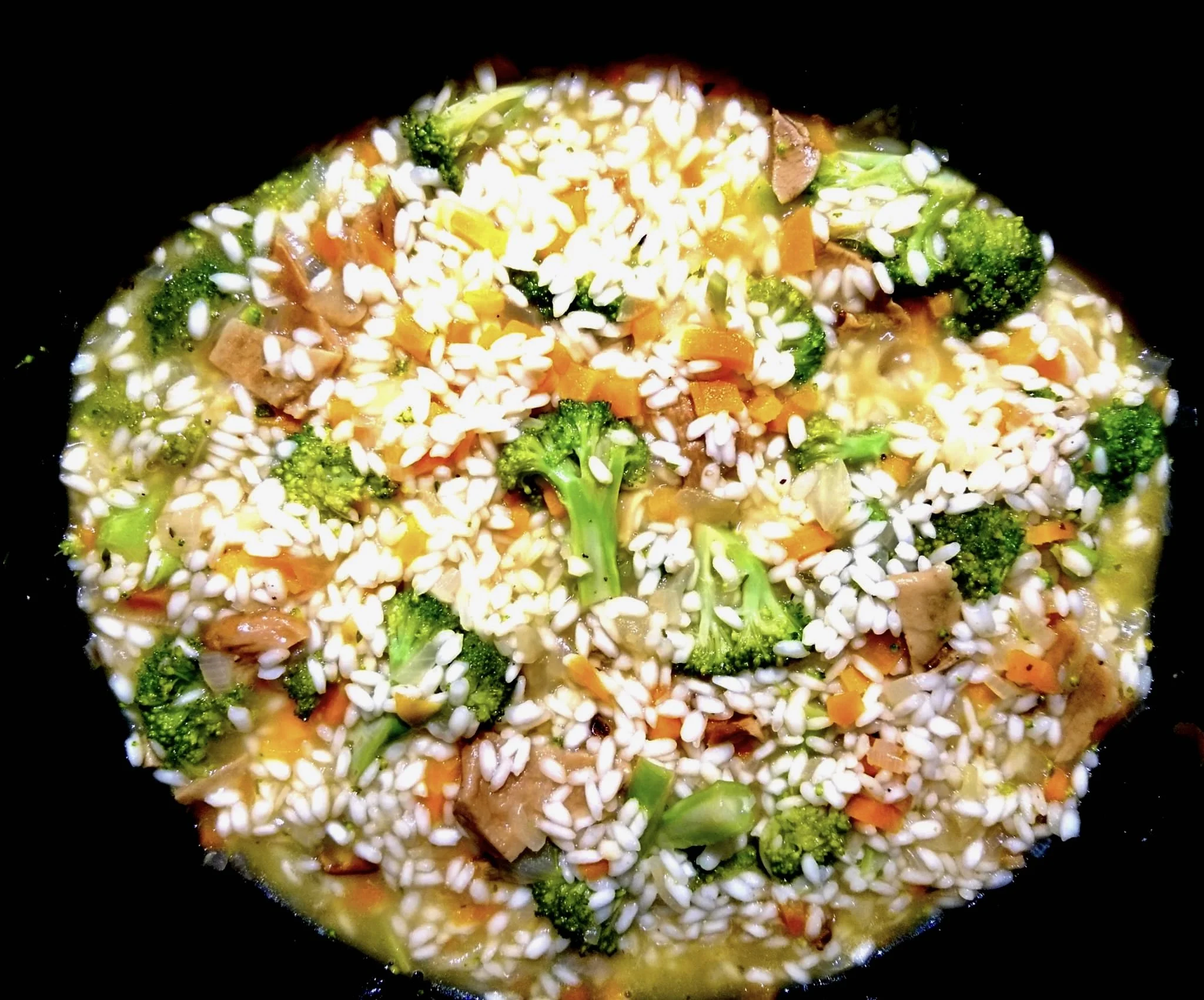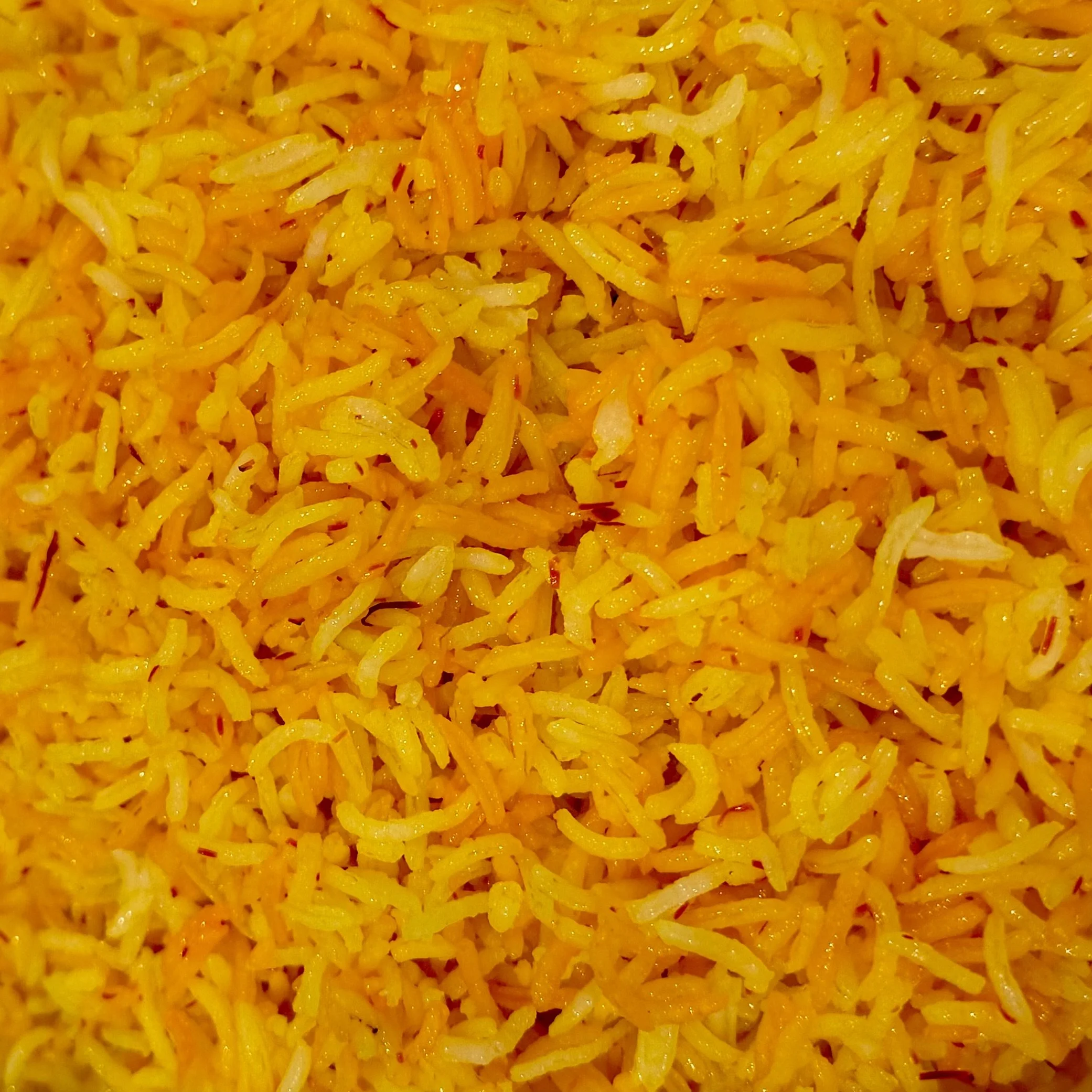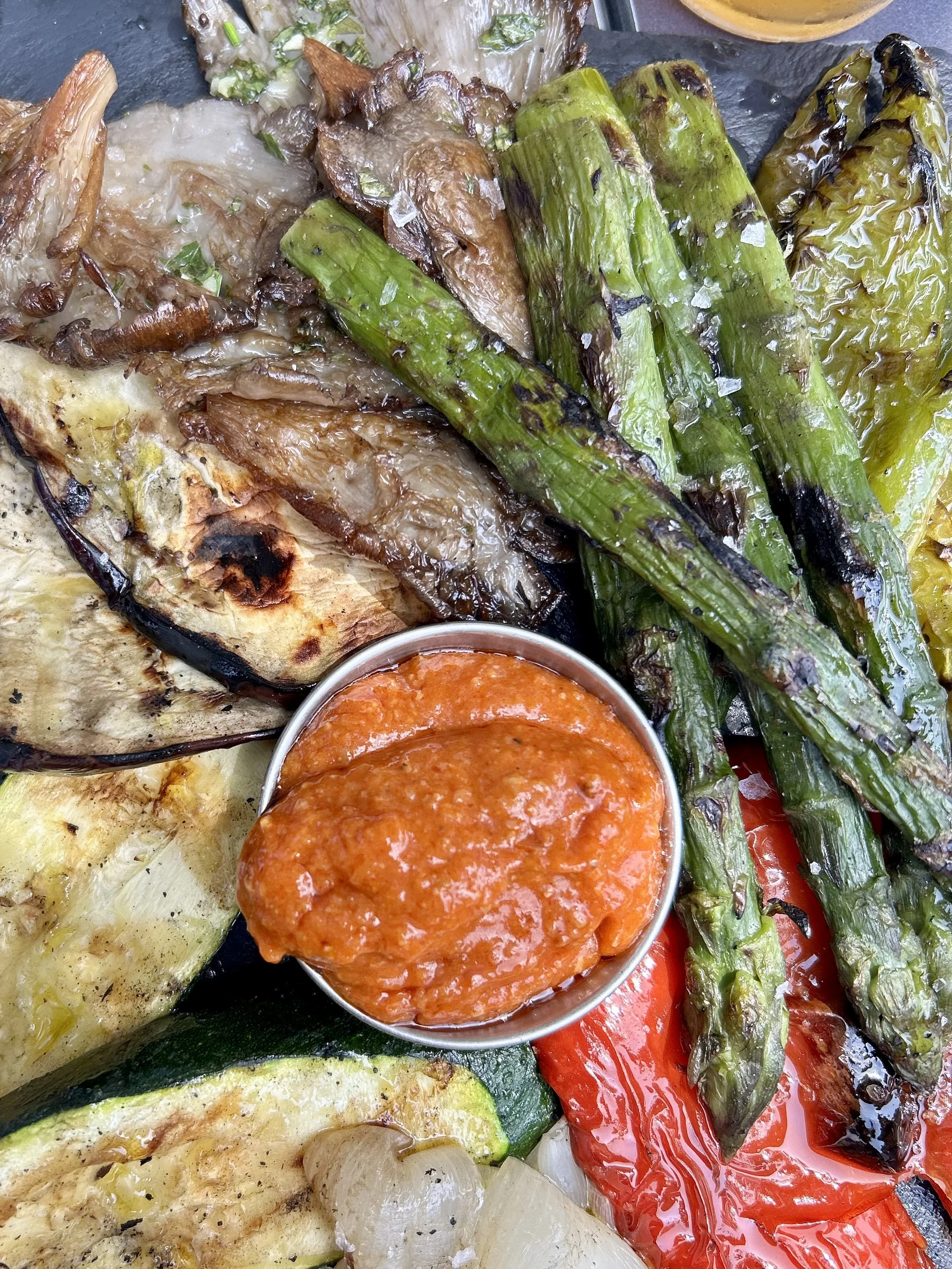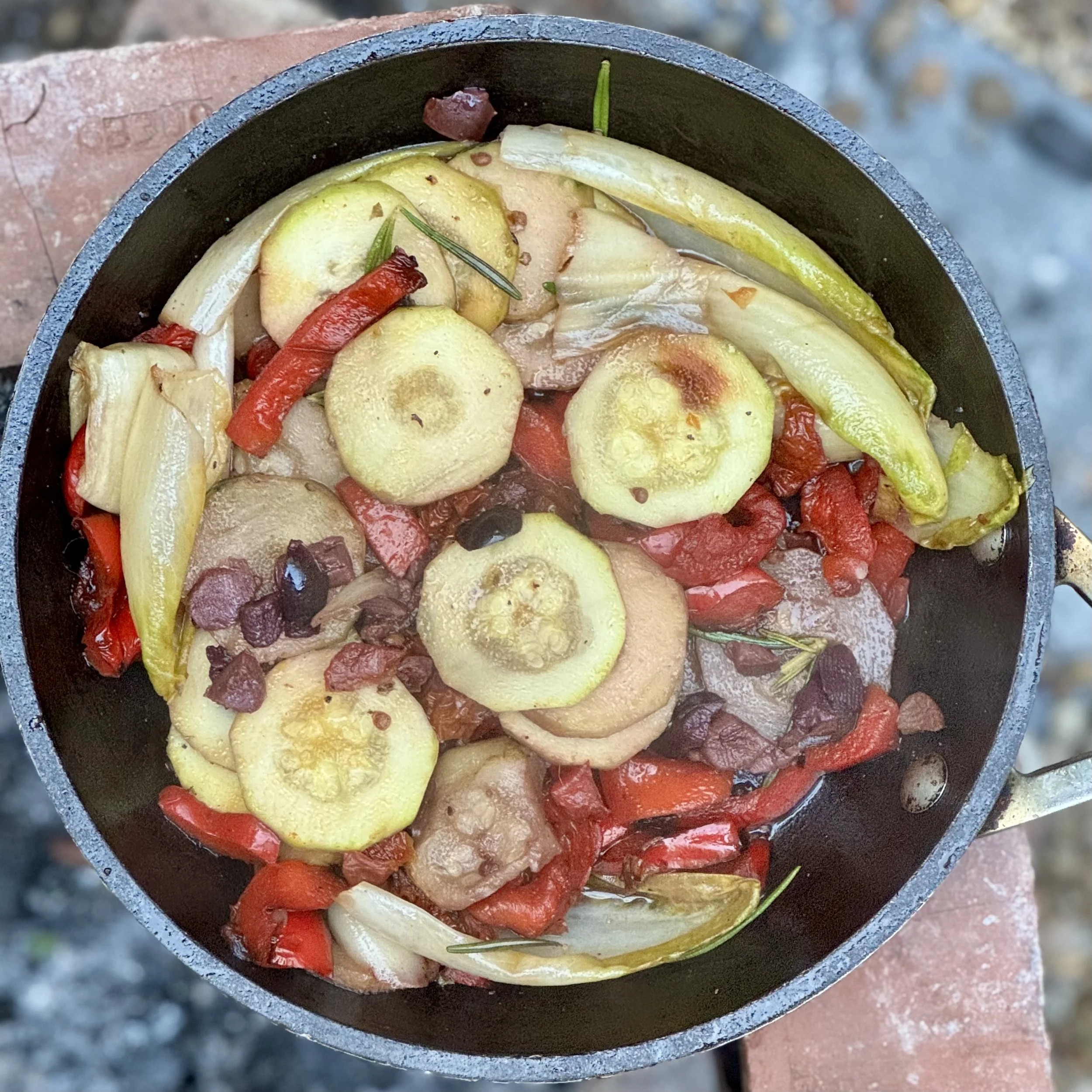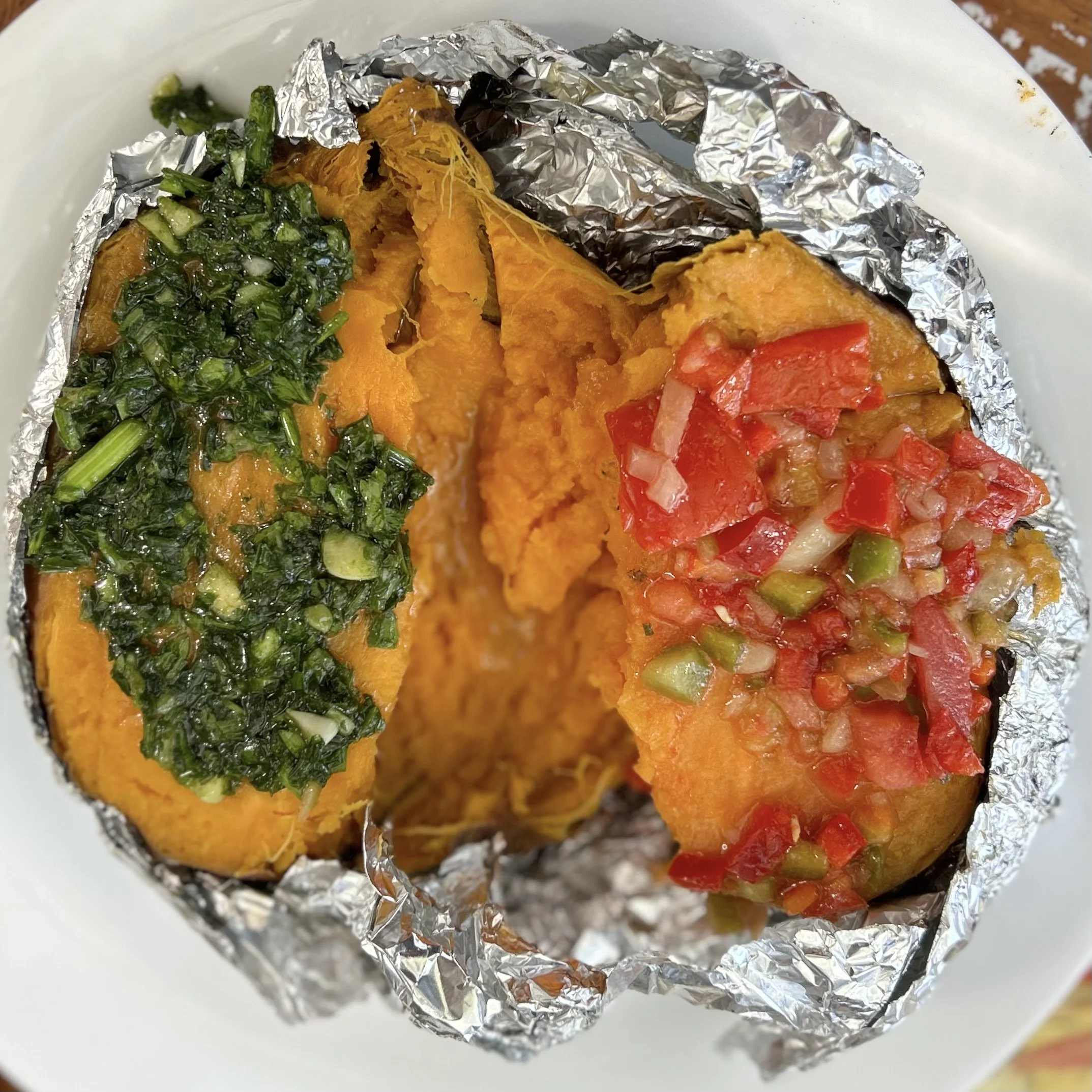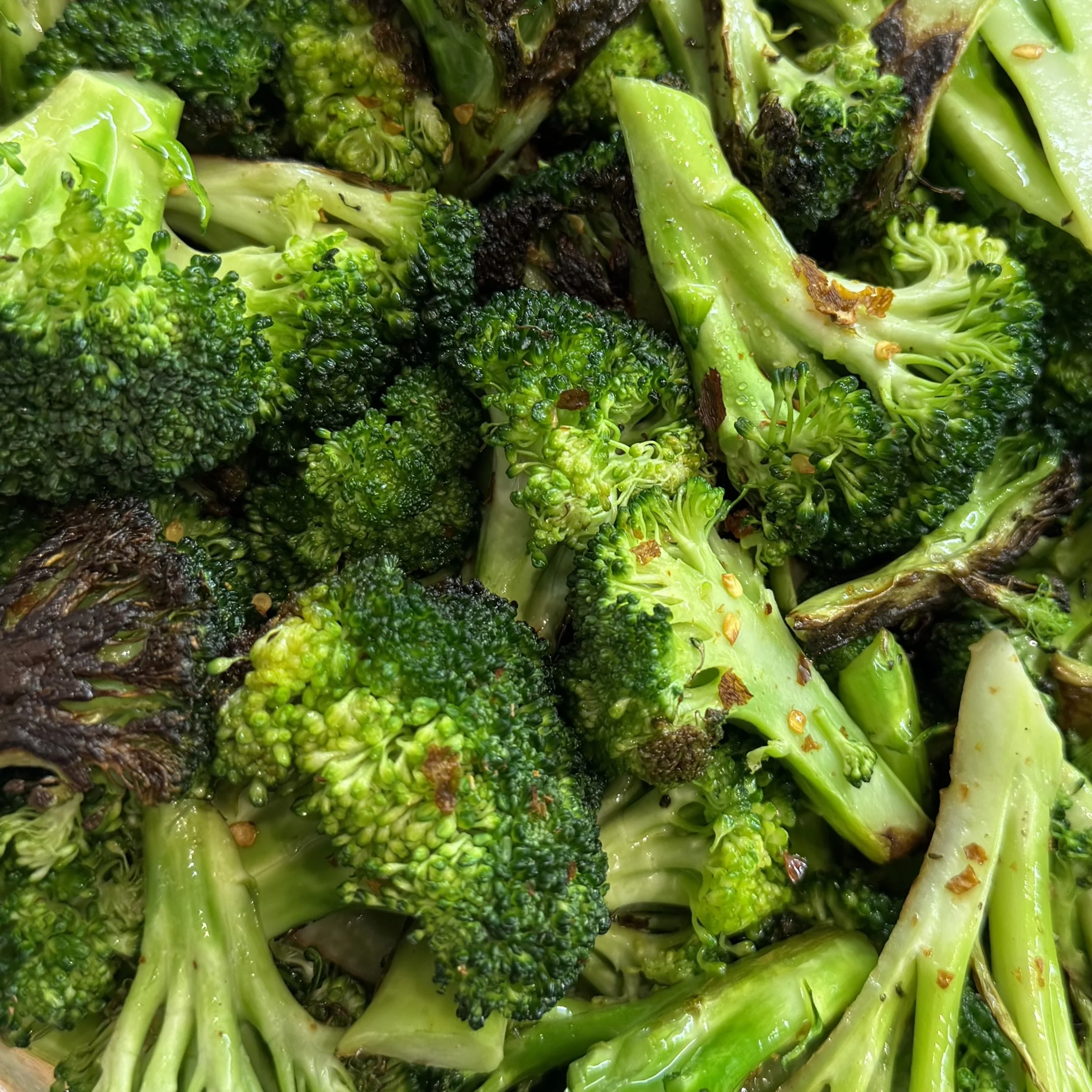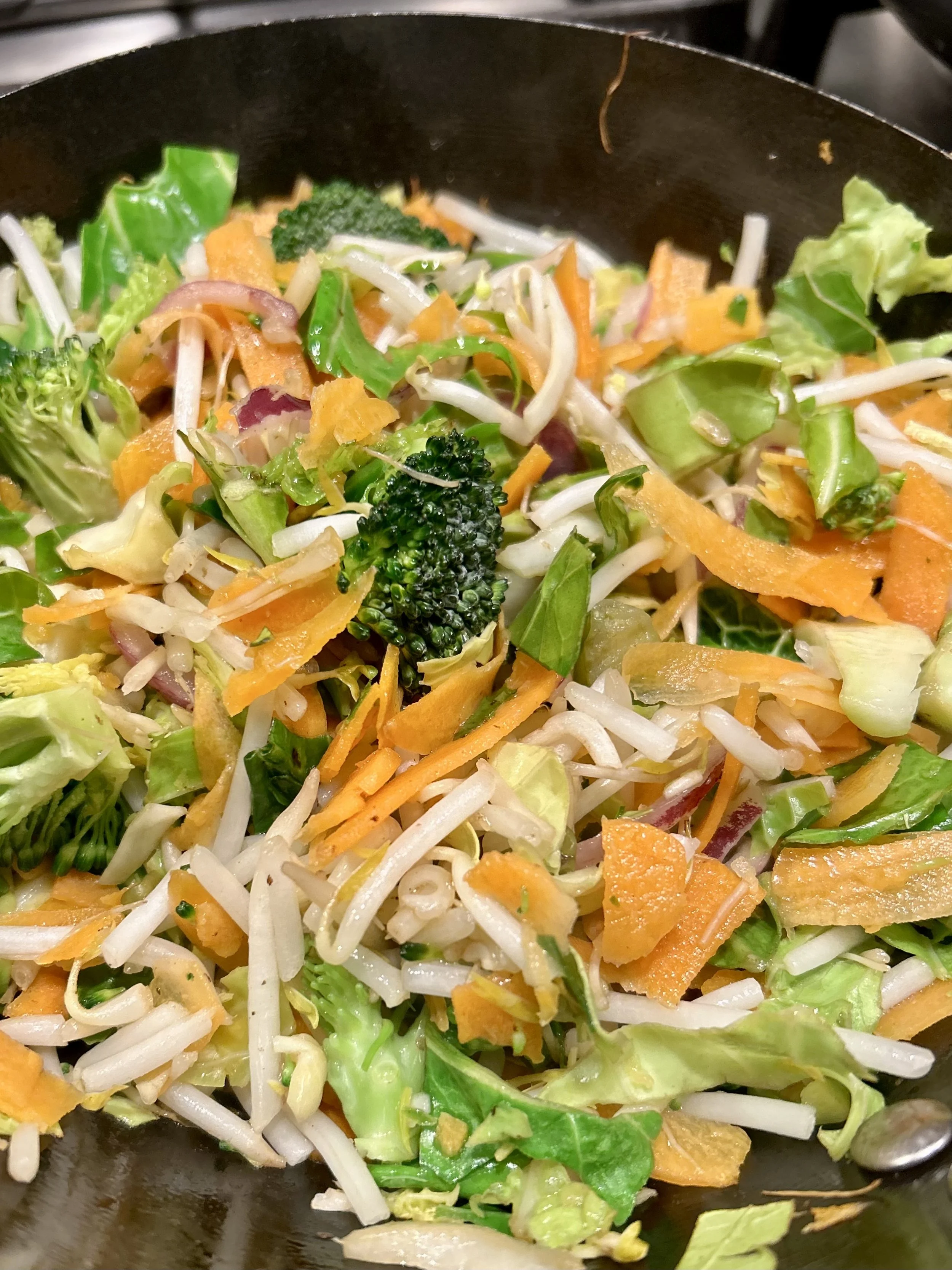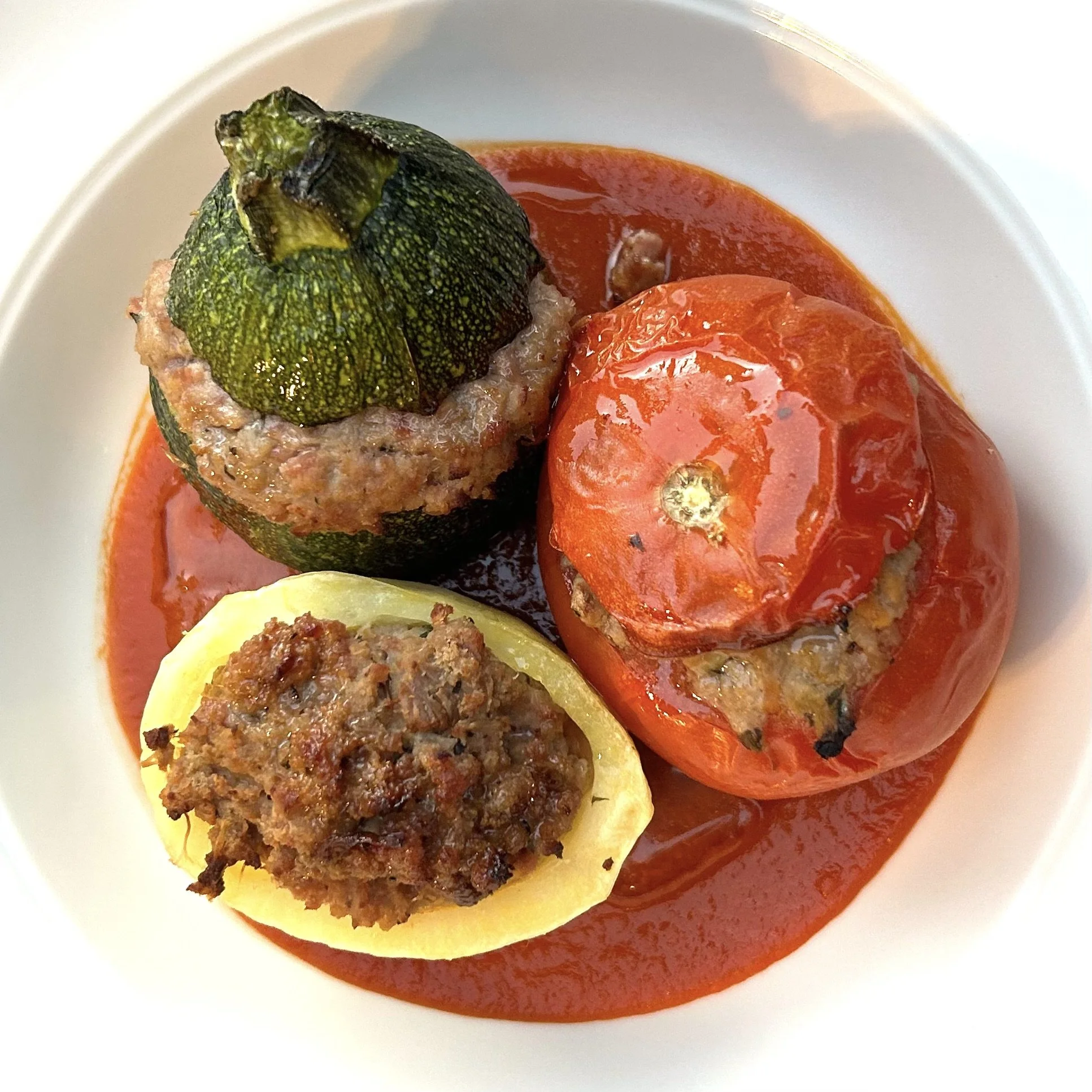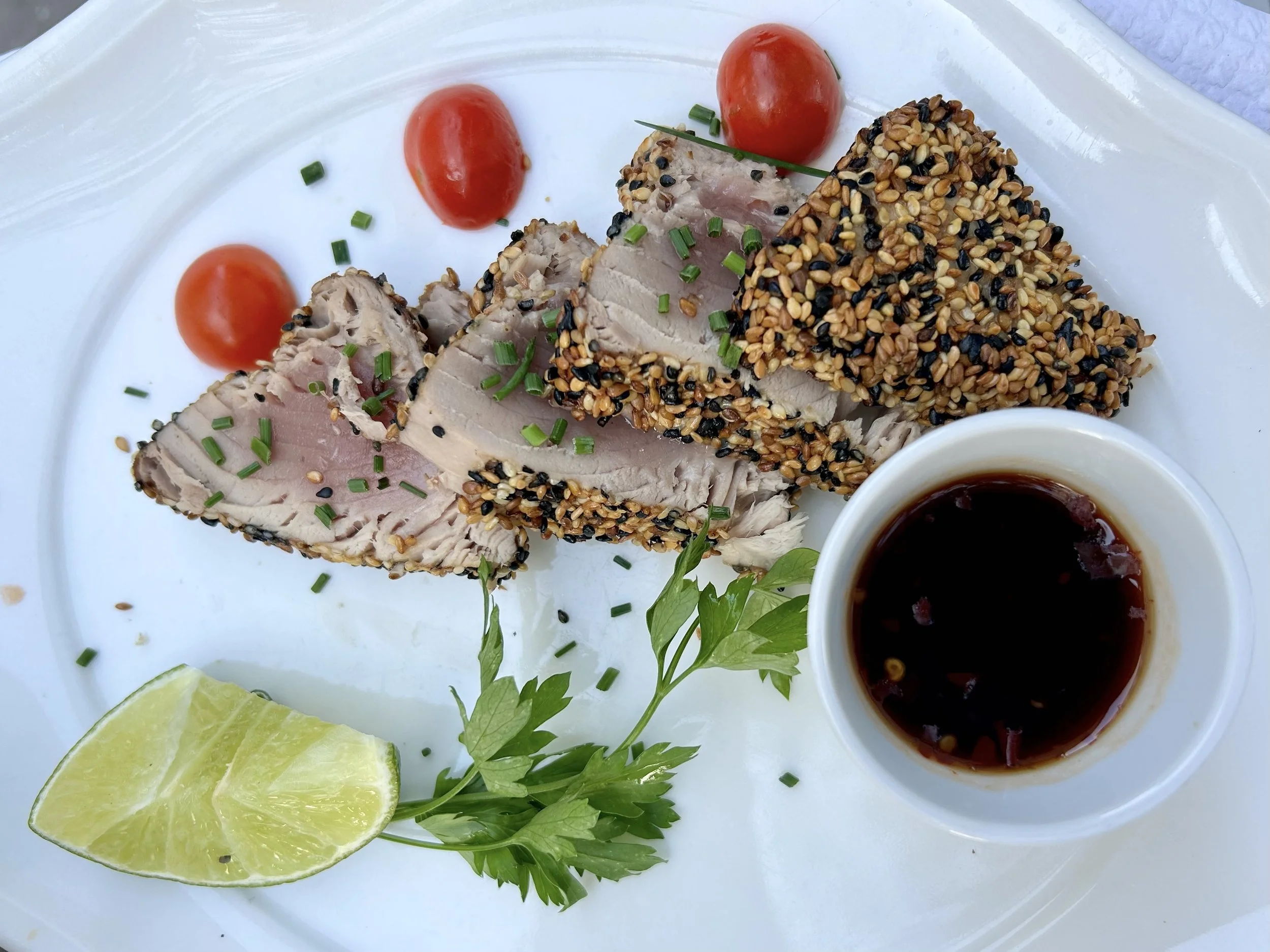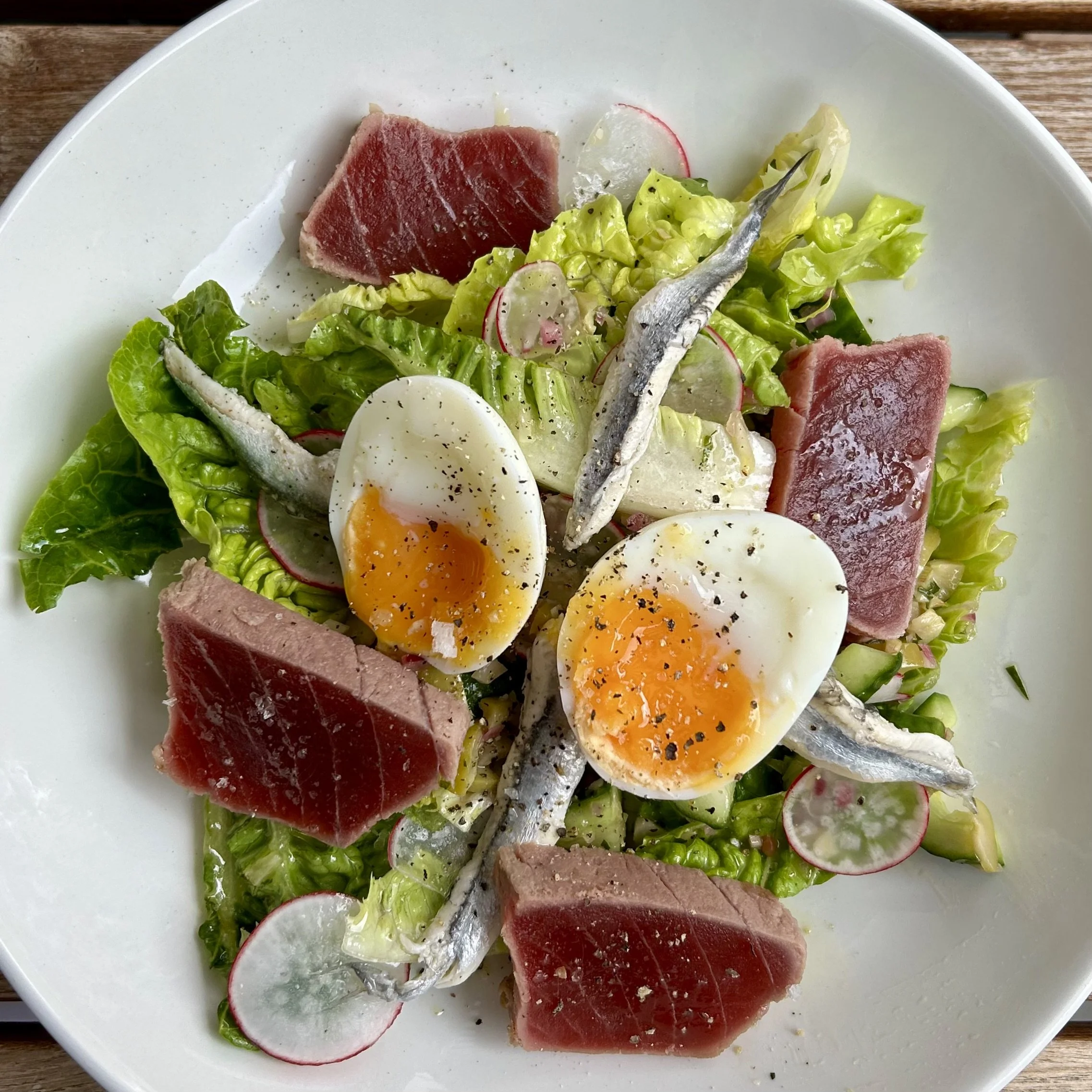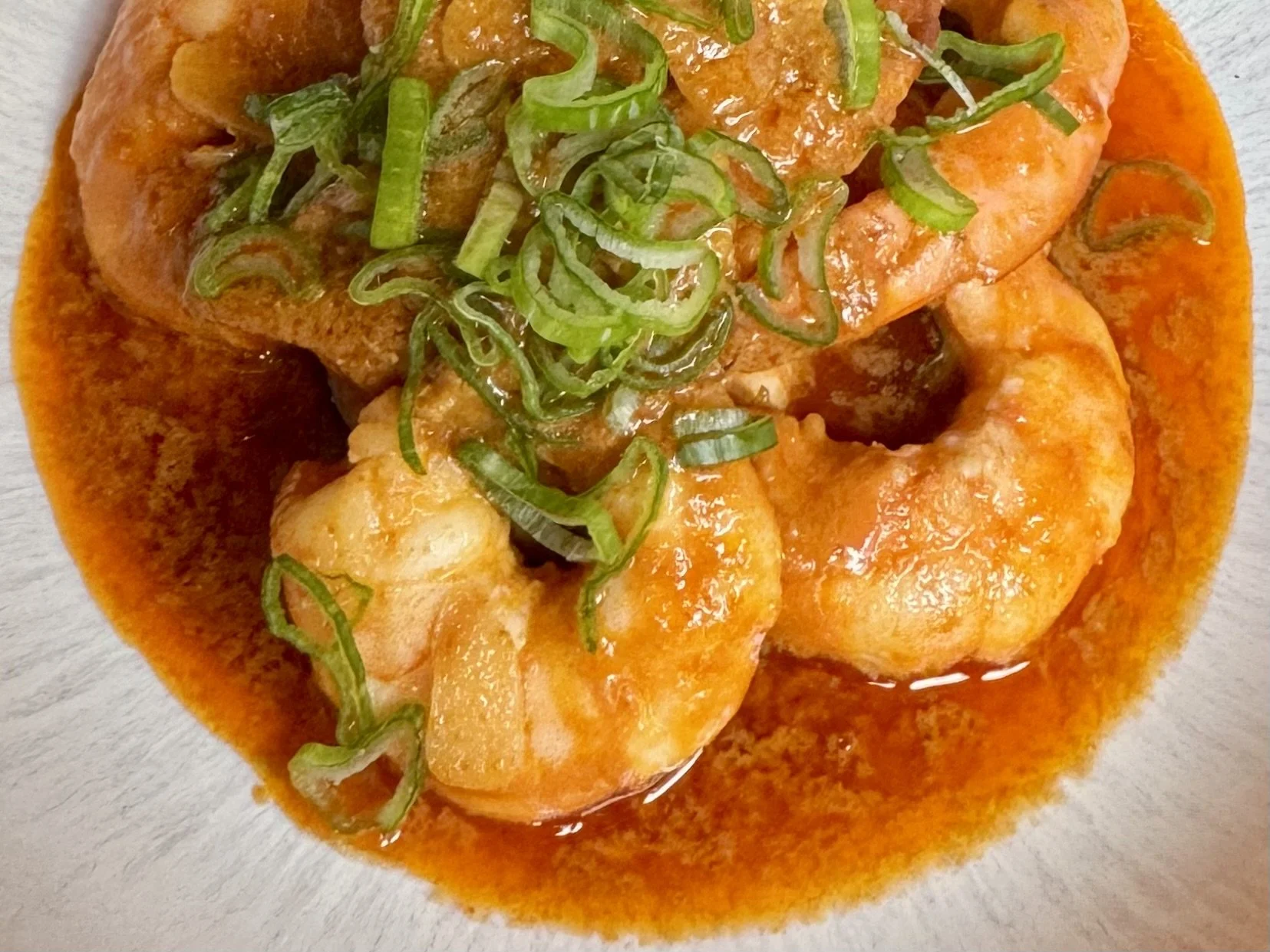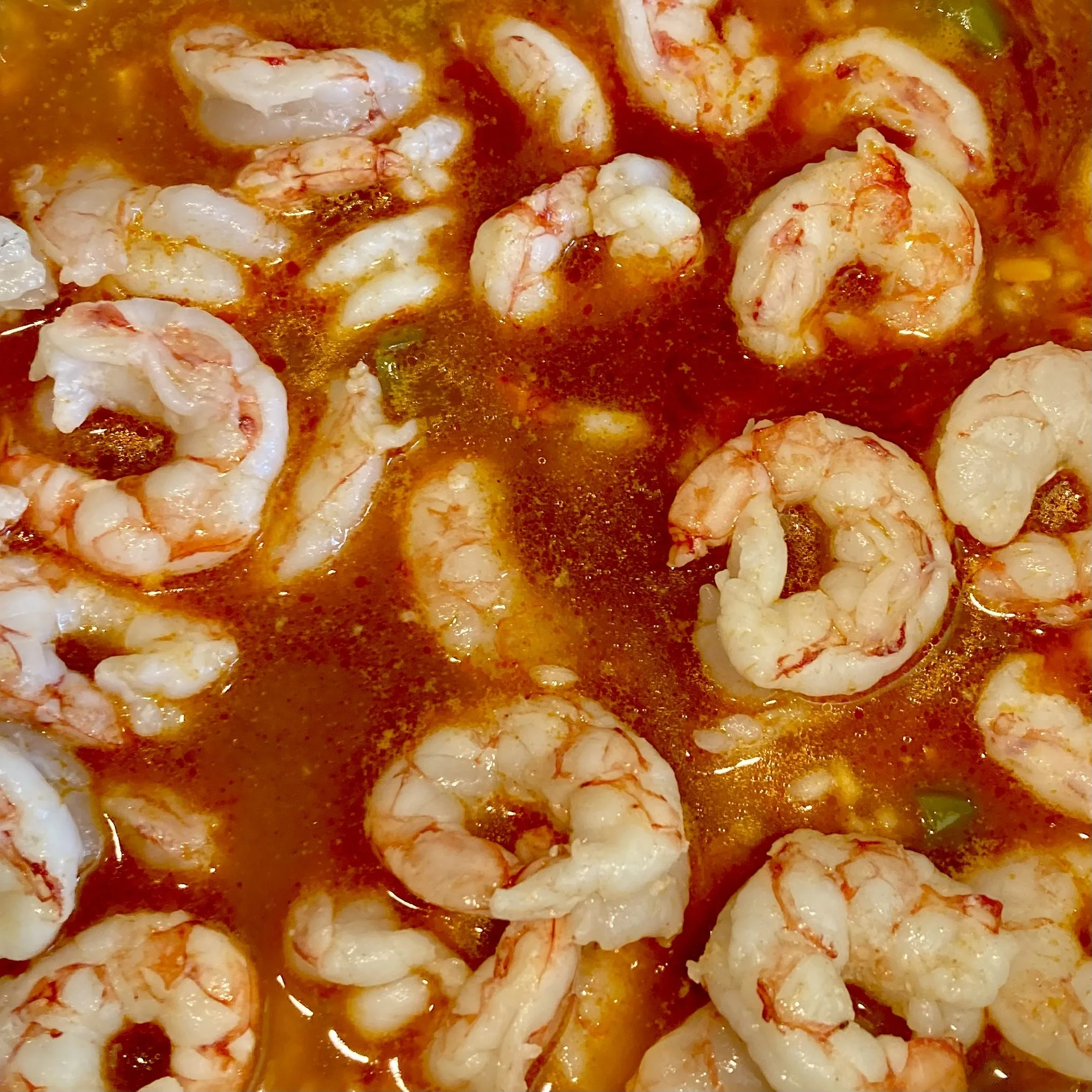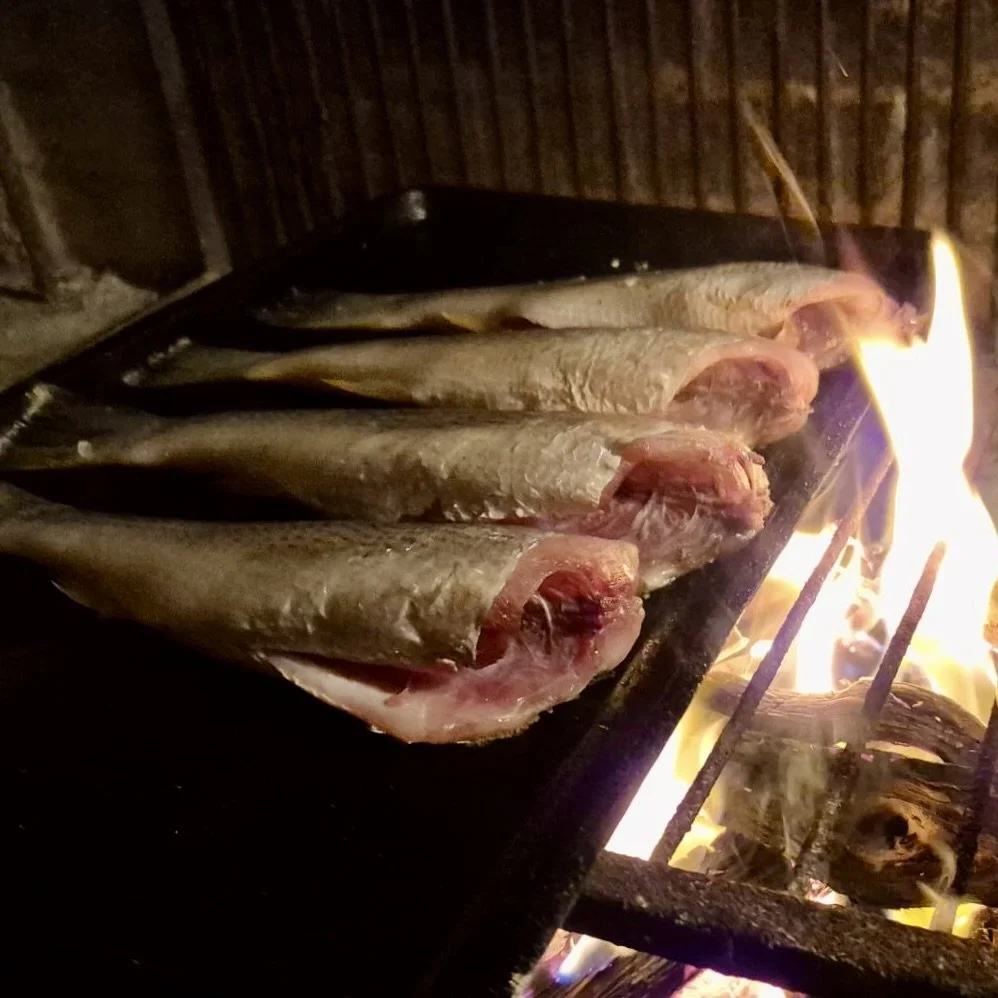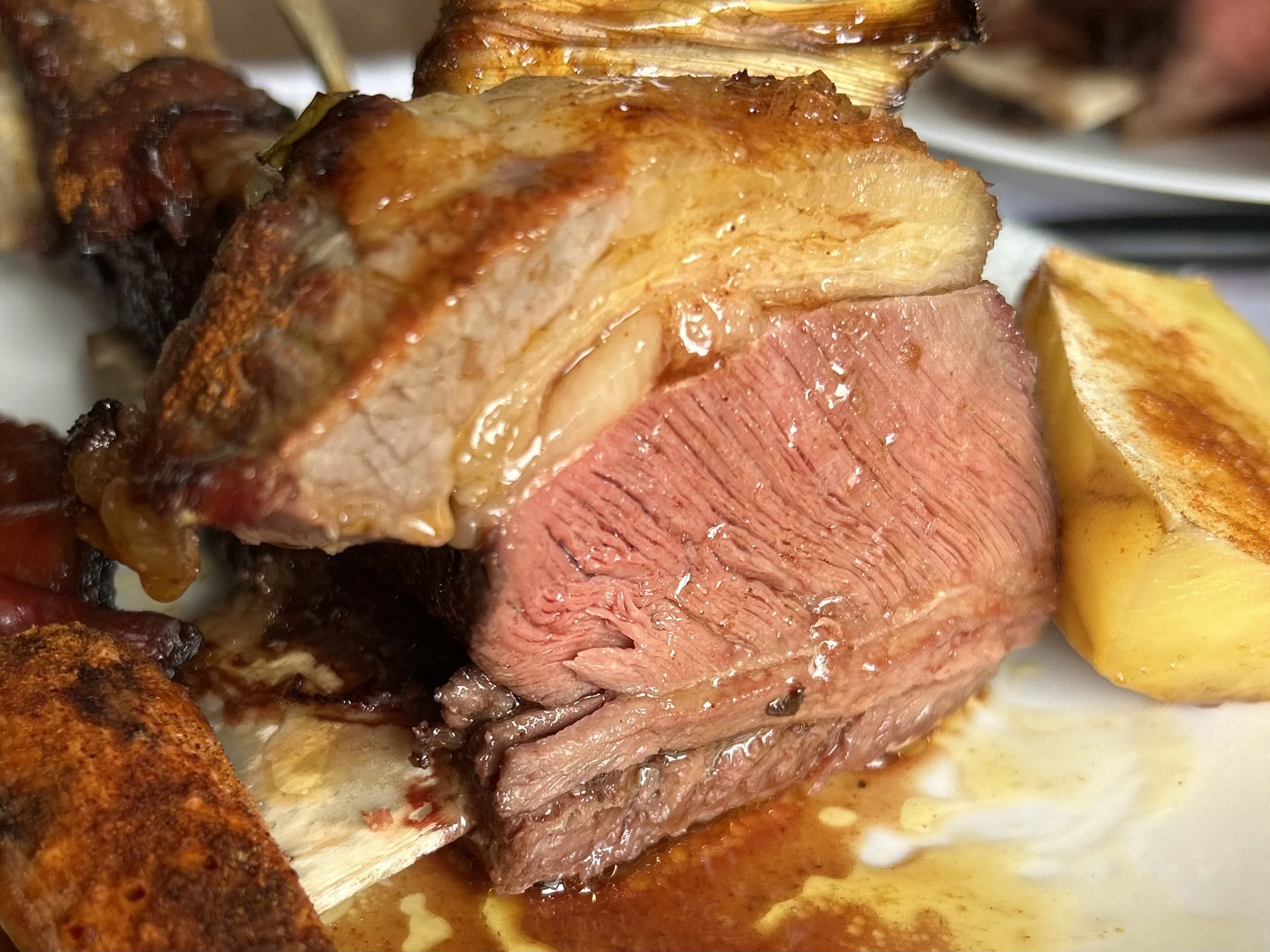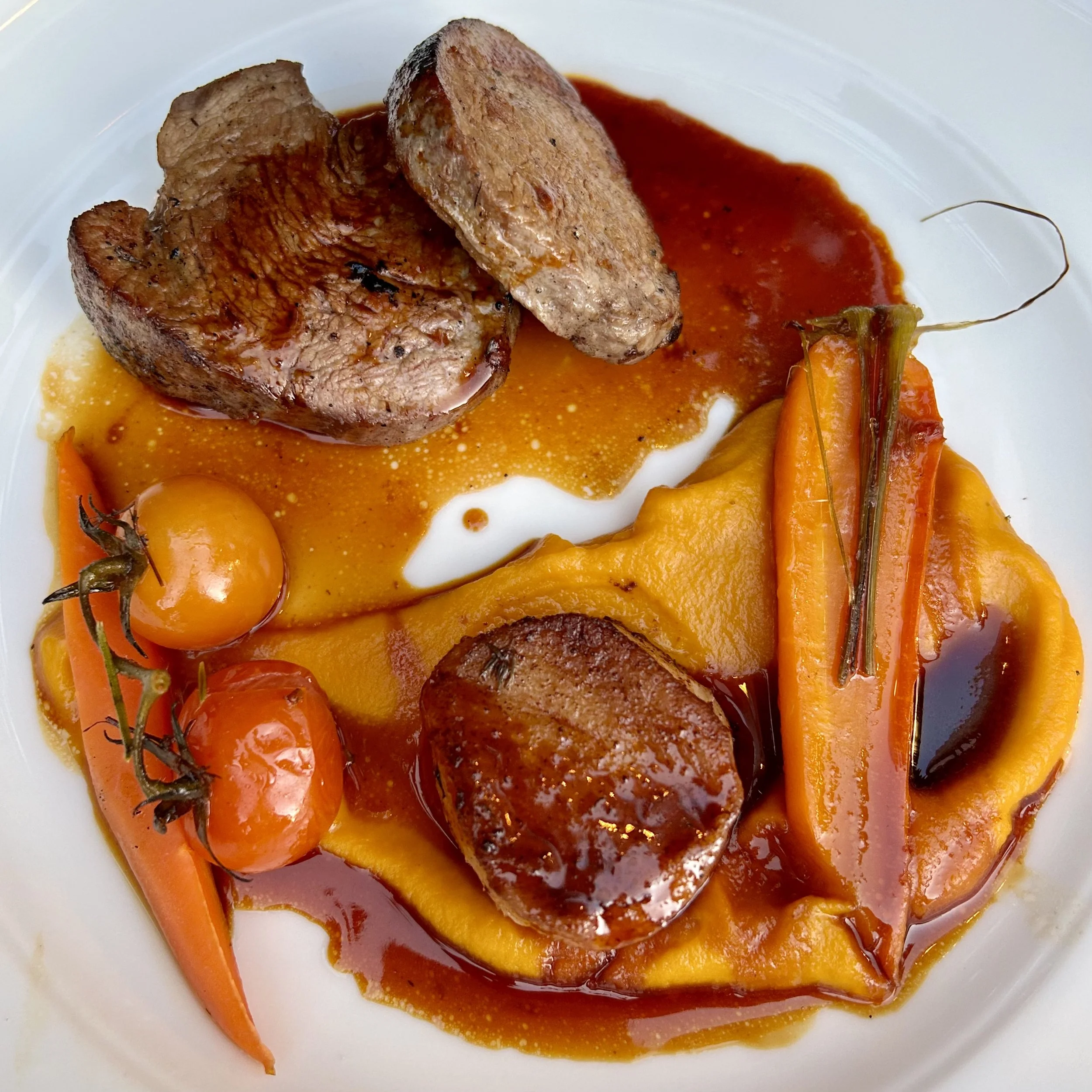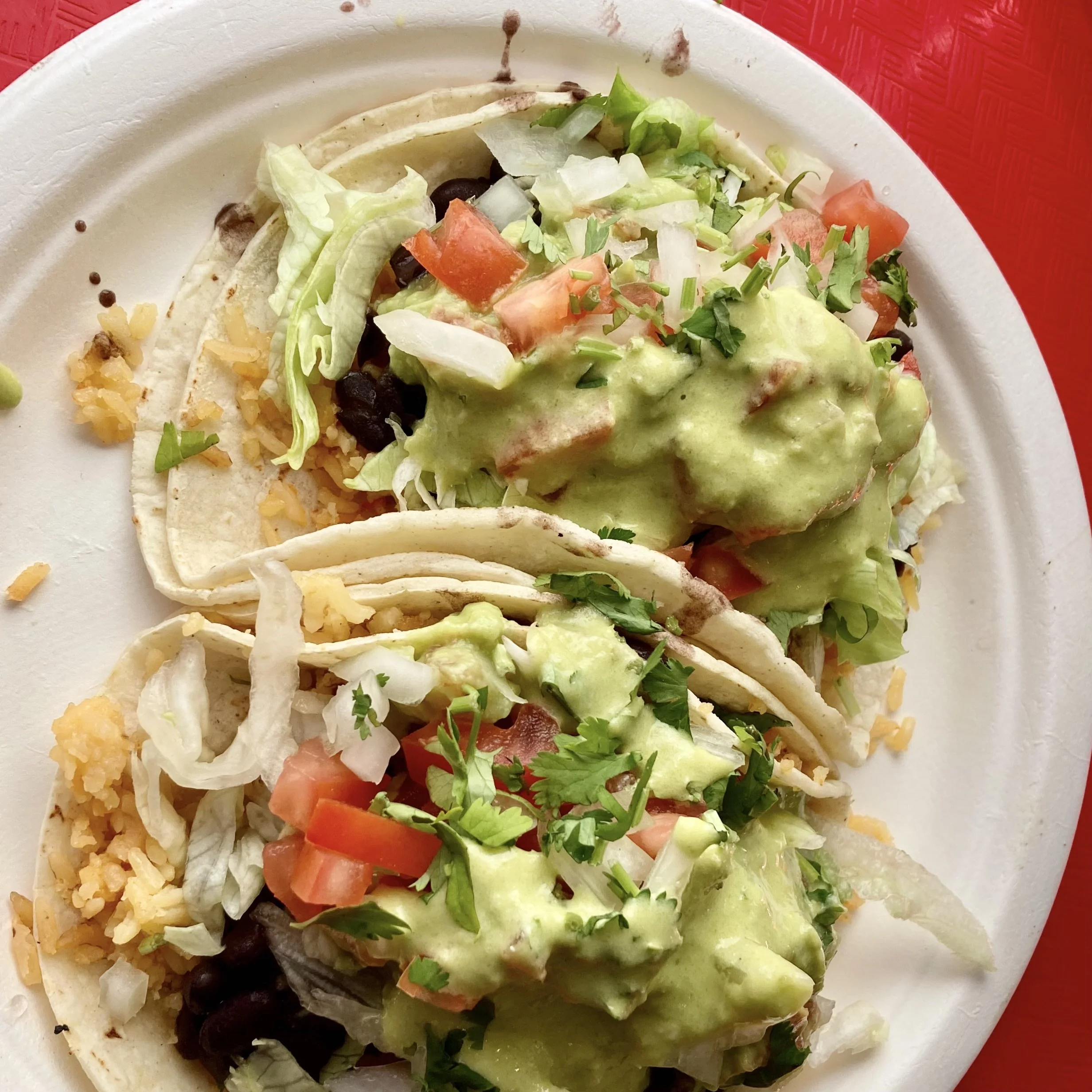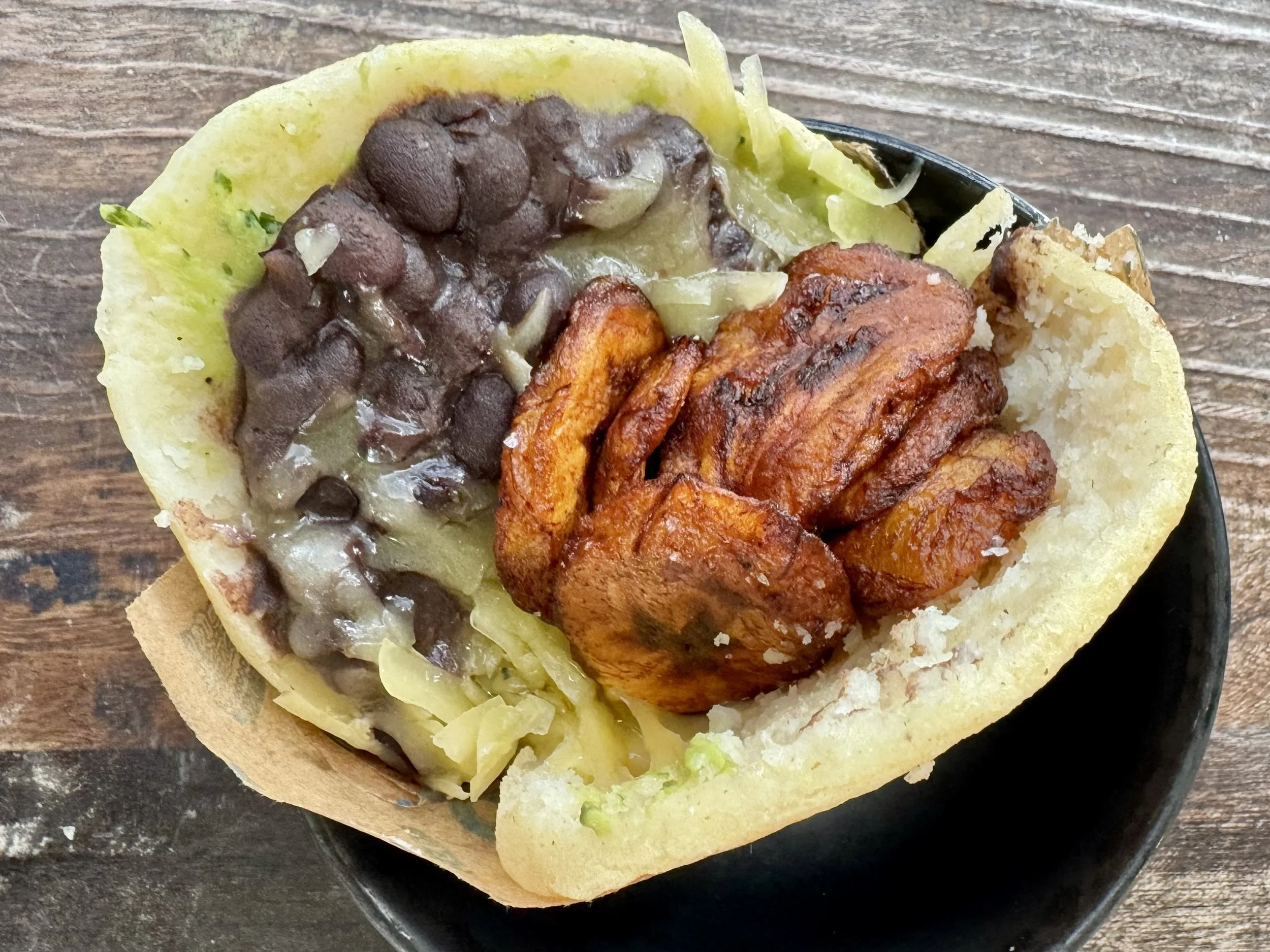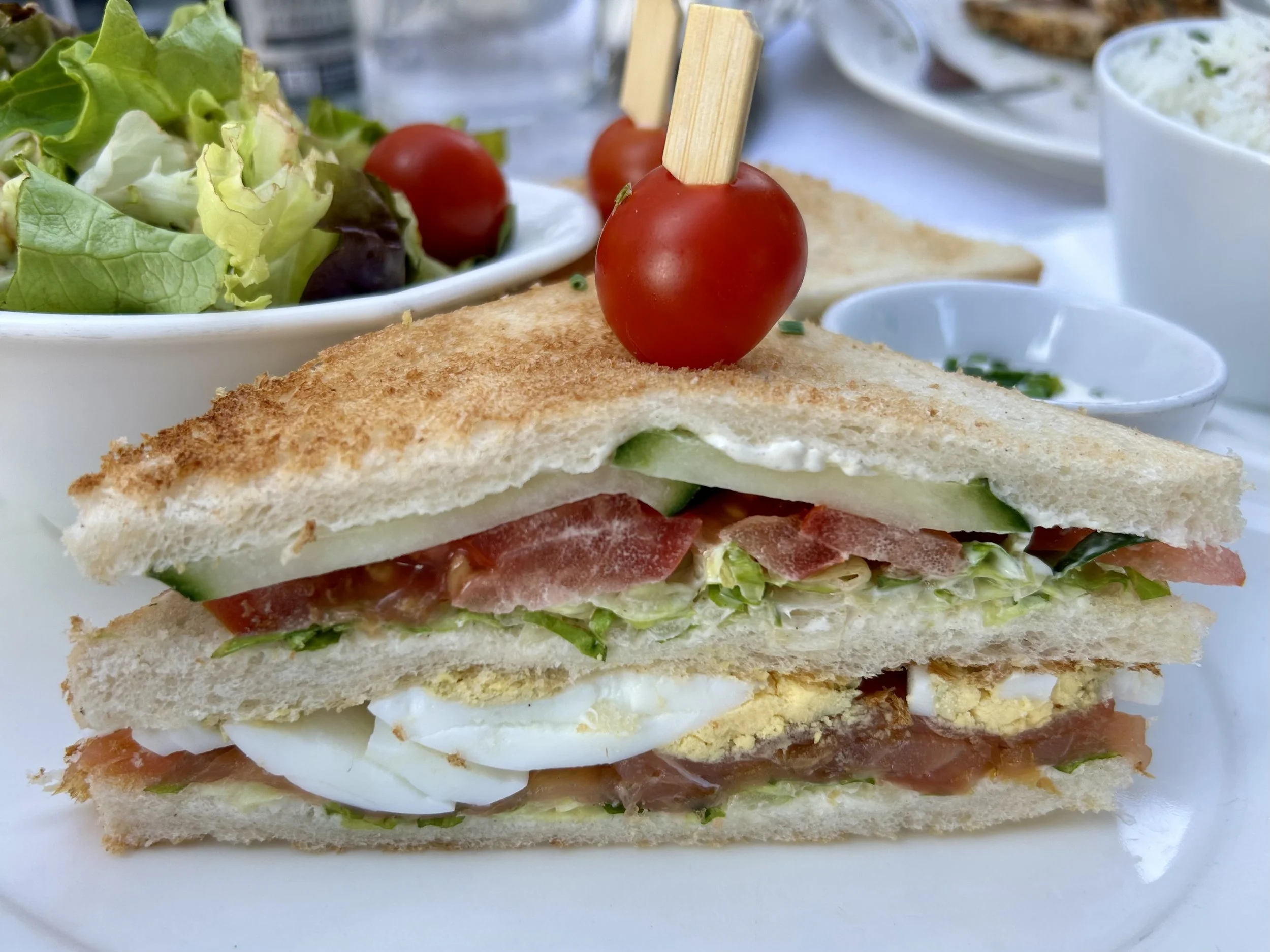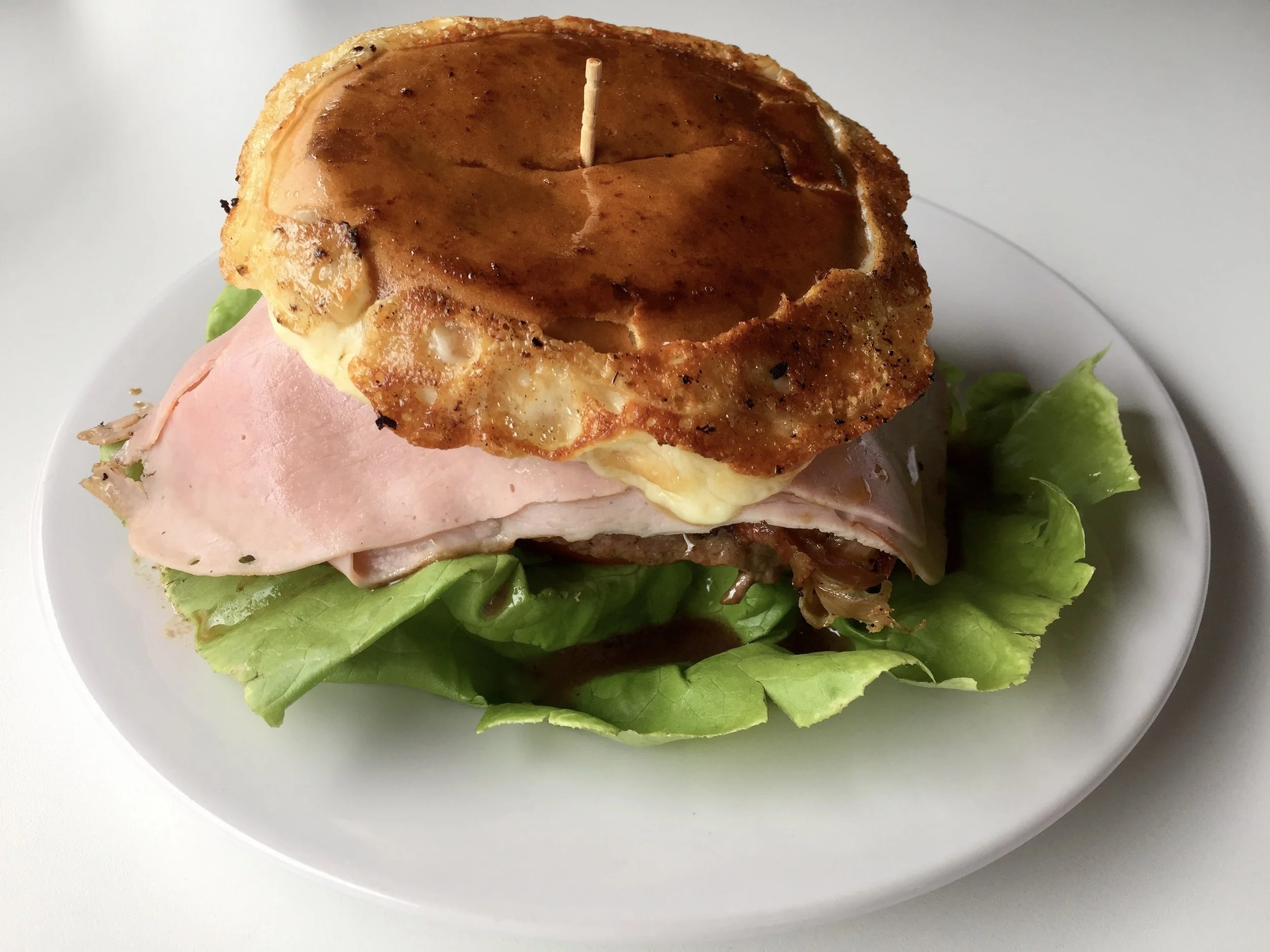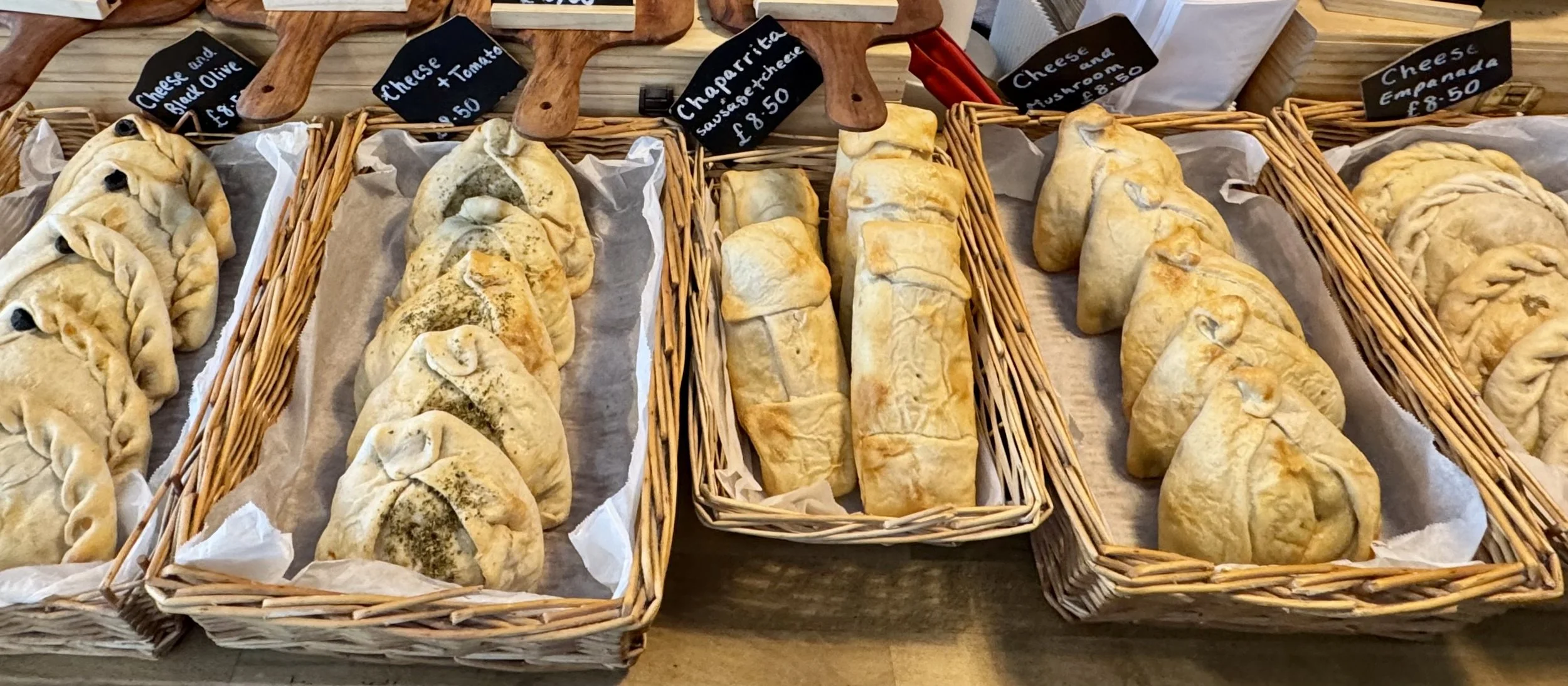Easy breakfast, lunch and dinner meals.
updated: 6.4.2025
It’s all about balance.
Focus is on a balanced diet rich in vegetables, fruits, whole grains, and lean proteins such as fish, poultry, and from plant-based sources. Including a variety of these foods in our daily meals helps reduce the risk of chronic diseases and promotes overall health and well-being.
Red meats and their products are limited to couple of small servings a week. This is plenty to enjoy the benefits without the health risks that come with overindulgence. In the Mediterranean and Atlantic traditions red meats play a “guest role” in what is a mostly plant-based diet. Ultra-processed foods that may be harmful should be avoided.
Breakfast.
Eating breakfast has traditionally been accepted as healthy. After an overnight fast, breafast can replenish glycogen stores, stabilize blood glucose, and optimize physiological function. The scientific evidence supports this: breakfast has a critical role in metabolic regulation, cognitive function, and long-term health.
Benefits of breakfast.
Metabolism and energy - Breakfast enhances the body’s normal heat production (thermogenesis), restores glycogen, enhances insulin sensitivity, and regulates appetite hormones, preventing overeating.
Cognitive function - Provides glucose, essential for brain function. It improves memory, focus, and mood stability, particularly in children and adolescents.
Weight and heart health - It is linked to lower body mass index (BMI), reduced obesity risk, and better cardiovascular markers, reducing the likelihood of hypertension and insulin resistance.
Digestive health - It supports gut motility, microbiome balance, and circadian rhythm regulation, enhancing nutrient absorption and gastrointestinal efficiency.
Disease prevention - It is associated with lower risks of type 2 diabetes, cardiovascular disease, and metabolic syndrome.
Fruit.
Blueberries and raspberries with Greek yoghurt. Fruits in season pair well with Greek yoghurt (a good source of protein). Nuts and honey are added.
Muesli.
Muesli is a combination of rolled oats, dried fruit, nuts, and seeds. Here, apples and frozen berries have been added to enhance taste and nutrition. Frozen berries retian their nutritional value.
Fruit salad. Dress with orange and lime juice, honey, and lime zest.
Eggs.
Scrambled eggs. Whisk eggs, scramble in a pan with olive oil, and accompany with avocado and tomatoes. Add cheese (feta, parmesan, other) to the eggs to enrich further. Here parmesan sauce was poured over the scrambled egg toast.
To prepare parmesan sauce: Melt butter in a pan, add white wine, and simmer. Add heavy cream and grated parmesan cheese. To prevent curdling, heat gently (avoid boiling!), stir continuously, and add a pinch of flour or cornstarch to the mix (a squirt of lemon juice may also help by acidifying the sauce). Add salt and pepper to taste.
Smoked salmon and scrambled eggs on sourdough toast.
Egg and cheese omelette (400-500 kCal, depending on the cheese used and its amount).
To prepare, three eggs are whisked and poured into a pan with olive oil (and/or butter). Cheddar, Emmentaler, or other cheese is mixed in as the omelette cooks. Add-ins include various vegetables (spinach and mushrooms are popular), and ham and bacon.
Egg and avocado on toast, with olive oil.
Poached (or fried, or boiled) eggs, feta, red pepper, and crushed avocado on sourdough bread.
Fish.
Anchovies, marinated in vinegar, with tomato and olive oil on toast. Alternatively use sardines, herring, tuna, salmon, or other fish.
Sardines in olive oil. They are good sources of protein and nutrients. They are eaten alone or topped with thin slices of red onion, peppers, tomato, and frequently mustard.
Sandwiches.
Ham and stracciatella cheese (mozzarella curds mixed with cream) on focaccia bread (~450 kCal), grilled.
Bagel with cured salmon (Brooklyn, USA). It has been toasted, buttered, and lox (salmon, cured in brine, similar to gravlax), cream cheese, tomato, and onions have been added (~500 kCal).
Ratatouille, made from leftovers, served on rye sourdough bread fried in olive oil - absolutely delicious!
Alternatively, baked beans offer a quick and satisfying option for a hearty breakfast.
Banana and honey on buttered whole wheat (or sourdough), toasted or fried in olive oil.
The blended drink (frappé, shake, smoothie).
Frappé (smoothie). Easy and quick to prepare, there endless combinations of fruit, nuts, vegetables, and spices.
To prepare a basic smoothie, blend your choice of fruit and vegetables, water or milk (cow’s or oat milk), muesli, and yoghurt (as a thickener). Add nuts or chia seeds for extra fibre.
Mixed berry, apple, banana, oat milk, honey, and water smoothie. A sprig of mint adds additional flavour.
Lunch and dinner:
Salads.
A salad of courgettes, cucumbers, lettuce, spinach, mushrooms, olives, dates and parmesano cheese, complemented by a balsamic vinaigrette.
To prepare balsamic vinaigrette mix balsamic vinegar, honey, mustard (or honey mustard), garlic, salt, and pepper. Gradually add olive oil while stirring to create an emulsion.
Greek salad.
To prepare a Greek salad use cucumbers, tomatoes, red onions, peppers, olives, and feta cheese. Dress with olive oil and lemon juice. Add parsley.
Arugula (rocket) salad with peaches, blue cheese, olives, tomatoes, and crumbled cheese, with a balsamic vinaigrette (or honey mustard) dressing.
Caprese salad and insalata tricolore with mozzarella di bufala Campana (mozzarella cheese made with fresh milk of Italian water buffaloes). Cheese is combined with cherry tomatoes and avocado, with basil and extra virgin olive oil. Add balsamic vinegar to taste.
Boiled courgette and sundried tomato salad with feta cheese. Add olive oil and vinegar to taste.
Beans.
Hummus (ḥummuṣ bi ṭaḥīna, chickpeas with tahini) is made with mashed cooked chickpeas, tahini (made from sesame seeds), lemon juice, and garlic. It is a good source of protein, fiber, and healthy fats. Hummus (hot or room temperature) is eaten alone, as an accompaniment, or with pita bread.
To prepare hummus blend tahini (~1/4 cup) for a few minutes until a paste. Drain tinned chickpeas (keep their cooking water, aquafaba), and blend in with the tahini paste. Add extra-virgin olive oil (~1/4 cup), a clove of garlic and lemon juice (~2 tablespoons). Add salt, paprika, parsley, mint, onions, pine nuts, to taste.
Lentil salad with tomatoes, red and yellow peppers, red onions, salted ricotta cheese, and olive oil.
Fasolada (fasola: bean in Greek) is a delicious and popular traditional soup in Greece.
To prepare: cook onion, celery, carrots, and garlic with olive oil until softening. For a “red” fasolada add crushed tomatoes and season (may add sugar); for “white” just add lemon juice. Add the white cannellini kidney (or navy) tinned beans, vegetable broth, and boil for 10-20 minutes, then let simmer. Add parsley.
Dried beans need to soak in water for at least 8 hours before use.
Pastas.
Most pasta (here malloreddus from Sardinia) marry well with tomatoes, cow’s milk mozzarella cheese (fior di latte), basil, and olive oil.
Pasta with olive oil, tomatoes, spinach and garlic.
To prepare: cook pasta (your choice), toss with olive oil, sautéed garlic, spinach, and add parmesano cheese.
Shrimp pasta. Linguini, fettuccini, and angel hair pastas do well with steamed shrimp.
Ratatouille and pesto: leftover ratatouille and pesto are accompanied by fettuccini.
Seafood salads.
A simple fish salad: last night’s baked sea bass leftovers, celery, tomato, and olive oil.
Salmon, marinated in olive oil, lemon and vinegar, with fennel.
Shrimp and avocado salad.
To prepare: Shrimp are steamed over boiling water for 5-8 minutes, peeled, and added to avocado slices and salad greens. Serve with olive oil or vinaigrette dressing.
Tuna and white bean salad, with an olive oil, lemon juice, mustard, and shallot dressing.
Broad beens, prawns, and Rossignol mushroom salad.
Soups and stews.
Bok choy (Chinese cabbage), leek, and bean soup.
Courgette, red pepper, bean, and carrot soup.
This mixed vegetable soup includes spinach and corn.
A spinach, broccoli, carrot, onion, celery, and leek soup simmered in vegetable broth. Add olive oil and grated parmesano cheese for full character. Serve with a slice of sourdough (or whole-grain) bread.
Vegetable chicken soup. Roasted chicken has been added to a basic vegetable soup.
Lentil and white bean stew, with tomato and red peppers.
To prepare: add onion to olive oil and garlic at medium heat in a large pot. Sauté for ~ 5 minutes until softened. Add carrots and celery. Mix in cumin, paprika, and thyme. Cook for a few minutes until fragrant.
Add lentils, (pre-soaked) beans, red pepper, diced tomatoes, broth, bay leaf, salt, and pepper. Bring to a boil, then reduce heat and simmer for 30–40 minutes, stirring occasionally, until lentils are tender. Add olive oil and garnish.
Lentils and split peas have short cooking times. They do not require pre-soaking.
Black bean and spinach soup, a happy marriage of two different food traditions (Mediterranean and Latin American). Chopped garlic, onions, cumin, chili, and lime or lemon juice add warmth and depth.
To prepare: sautée onions and garlic in olive oil. Add red curry powder, ground turmeric and chilli powder to taste. Add pepper to increase absorption of turmeric. Add 400 g of canned black beans, rinsed, and ~ 400-500 mL of vegetable stock. Let simmer for 40-50 minutes, mash with a fork (leave chunks), and then add the spinach. Add lime juice to taste.
Fold spinach leaves into the black bean soup and cook for a few more minutes.
Broccoli rice. Rice has just been added to a pan with broccoli florets, carrots, and mushrooms lightly cooked with minced garlic in olive oil.
To prepare: To rice (1 cup) add vegetable broth (2-3 cups), and let simmer (beware of over cooking) until most of the broth is absorbed (~20 minutes). Rice should be tender (not soft or “mushy”).
Vegetable broth may be infused with a few strands of saffron (saffron rice).
Saffron rice.
Grilled/baked/roasted and stir-fried vegetables.
Roasted vegetables (asparagus, red peppers, courgettes, onions, mushrooms) with olive oil and romesco sauce.
Ratatouille (Provence, France), here prepared with humble ingredients (vegetable leftovers: courgettes, red peppers, endives, olives, rosemary and garlic) is cooked slowly. It is versatile, a companion to bread, fish, eggs, or enjoyed on its own.
Baked sweet potato. Topped with chimichurri and salsa criolla, chopped olives, and olive oil.
Baked broccoli sprigs.
Baked courgettes with tomato and grated mozzarella (or similar soft cheese).
To prepare: slice courgettes, add olive oil, pepper, and oregano. Arrange tomato slices on top of the courgettes. Add cheese evenly over the top. Bake until the courgettes are tender (20-30 minutes).
Stir-fry mixed vegetables with a simple stir-fry sauce (pickled garlic, ginger, sesame oil, and soy sauce).
Stuffed vegetables.
Farcis Provençaux (Provençal stuffed vegetables), with veal and vegetable filling (Ramatuelle, France). To make stuffed bell peppers halve and roast a bell pepper, fill with a mix of quinoa or couscous, cherry tomatoes, and crumbled feta.
Fish, seafood.
Seared tuna. Place tuna on a very hot skillet, rub with olive or avocado oil, season, add sesame seeds, cook each side for 1-2 minutes (tuna should be rare!). Serve with soy sauce.
Mediterranean tuna and anchovy salad. Seared tuna, anchovies marinated in vinegar, boiled egg, sliced cucumber and radish, on lettuce, with olive oil and lemon juice.
Baked fish and potatoes.
To prepare: a salmon (or cod, other fish) fillet is placed on pre-cooked sliced potatoes, here with a tomato sauce, olives and olive oil, and baked for 15–20 minutes.
Alternatively, place fillet on foil, olive oil, top with lemon slices and dill. Bake for 20 minutes at 180°C.
Pargo (red snapper) al horno. The fish is baked over potatoes, and garnished with red onion rings, capers and herbs.
Shrimp, cooked in garlic and tomato sauce.
To prepare: Rinse raw peeled and deveined shrimp and pat dry. Season with salt and paprika. Heat olive oil and butter in a pan (medium heat), add onions and then garlic, cooking until soft and fragrant. Stir in tomato sauce, tomato paste, cayenne, oregano, soy sauce, sugar, and stock. Simmer for several minutes until slightly thickened.
Add the prawns and cook for a few minutes per side until pink and fully cooked. Taste and adjust seasoning, then garnish with fresh green onions. Serve with rice, toasted bread, or over pasta.
Shrimp and rice soup.
To prepare: Sautée red peppers, onions, and garlic in olive oil until tender. Add a paprika, oregano, and spices to taste. Add tomatoes (1 tin), tomato paste, and vegetable broth (4 cups). Add 1 cup of rice (bomba, arroz valenciano) and mix. Bring to a boil, then simmer until the rice is cooked (~ 20-25 minutes). Add peeled and deveined raw shrimp (1/2 kg, 1 lb.) and simmer until the shrimp are pink and cooked (~ 5-7 minutes). Salt, pepper and parsley are added.
Striped sea trout, grilled on a griddle or girdle, a flat top metal tray (courtesy: G. Mera, Montevideo). Seafood, meats, poultry, vegetables, and most anything can be cooked rapidly and easily using a griddle.
To cook fish on a griddle: Heat the griddle, oil and season the fish, cook skin-side down until golden, then flip. Fish is ready when it flakes easily and hits 63°C (145°F).
Chicken.
Grilled chicken, with a potato, tomato, beet, and lettuce salad.
“One pot” roast chicken, with potatoes, onions, and olives.
To prepare: heat olive oil in a large, deep pan over a medium heat. Add chicken thighs, placed skin-side down, with grated lemon zest, thyme leaves and baby new potatoes.
Cook for ~ 15 minutes, or until the chicken turns crisp and has a deep golden-brown colour. Turn the chicken and potatoes, add baby carrots and cook for a few minutes until the carrots start to become tender.
Add chicken (or vegetable) stock with Dijon mustard and simmer, then add shredded kale leaves and season to taste. Cover and continue cooking until the chicken is ready (cooked all the way through), the potatoes and carrots are tender, and the liquid has reduced slightly. Add broth as needed to keep the preparation moist.
Meats.
Beef ribs (asado de costilla), slow-grilled on coals. The fatty parts are kept on top, allowing the fat to seep down into the lean meat. The result is juicy and flavourful, with a good balance between fat and lean meat. The potatoes are roasted separately in an oven. (Courtesy: Ig Oribe, Montevideo)
Filet de veau de lait (veal fillet), with glazed carrots, carrot purée and a sauce (Ramatuelle, France). Note: each piece of meat has been cooked to different doneness. One carrot is glazed and served whole, retaining its shape and texture, and other carrots are puréed. A rich sauce (jus), made from veal stock, accompanies the meat and vegetables.
Tacos.
Tacos are traditional Mexican corn (or flour) soft tortillas filled with a variety of ingredients, typically meat, seafood, or plant-based proteins. They are widely adapted in different culinary traditions around the world.
Vegetarian versions feature rice, beans, mushrooms, roasted vegetables, or plant-based proteins. Toppings include cilantro, onions, shredded lettuce, salsa, guacamole, cheese, and lime juice (Jackson Heights, New York).
Arepas.
Arepa (Colombia. Panamá, Venezuela), is a soft cornmeal flatbread made with precooked cornmeal (masarepa), water, and salt. It is grilled, baked, or fried, and filled with various ingredients (here: black beans, fried plantain, and cheese).
Sandwiches.
Club sandwich, with egg, ham, cucumber, lettuce and tomato.
Steak sandwich. There are many versions combining meats complemented by different ingredients.
Here, a chivito with steak, ham, bacon, cheese, egg, lettuce, tomato and mayonnaise on a bun (Uruguay). It’s delicious, but very high in calories and animal fats.
Empanadas.
Empanadas are baked or fried pastry turnovers with various fillings. From left to right: cheese and olives, cheese and tomato, pulled meat and cheese, cheese and mushroom, and cheese. These empanada varieties are popular in Chile.
